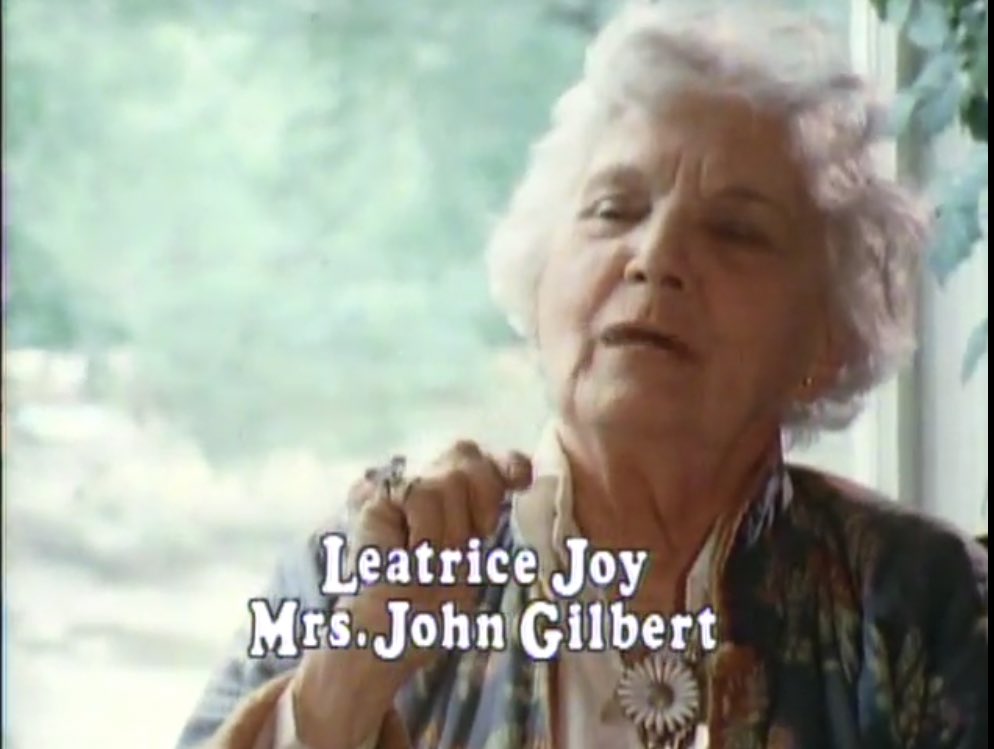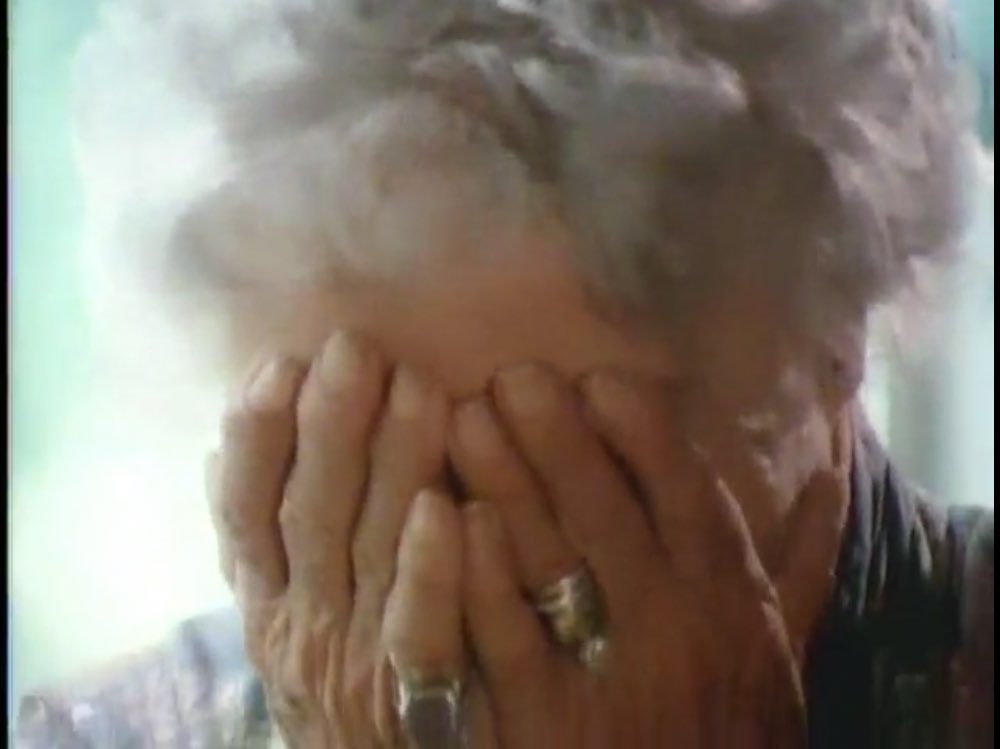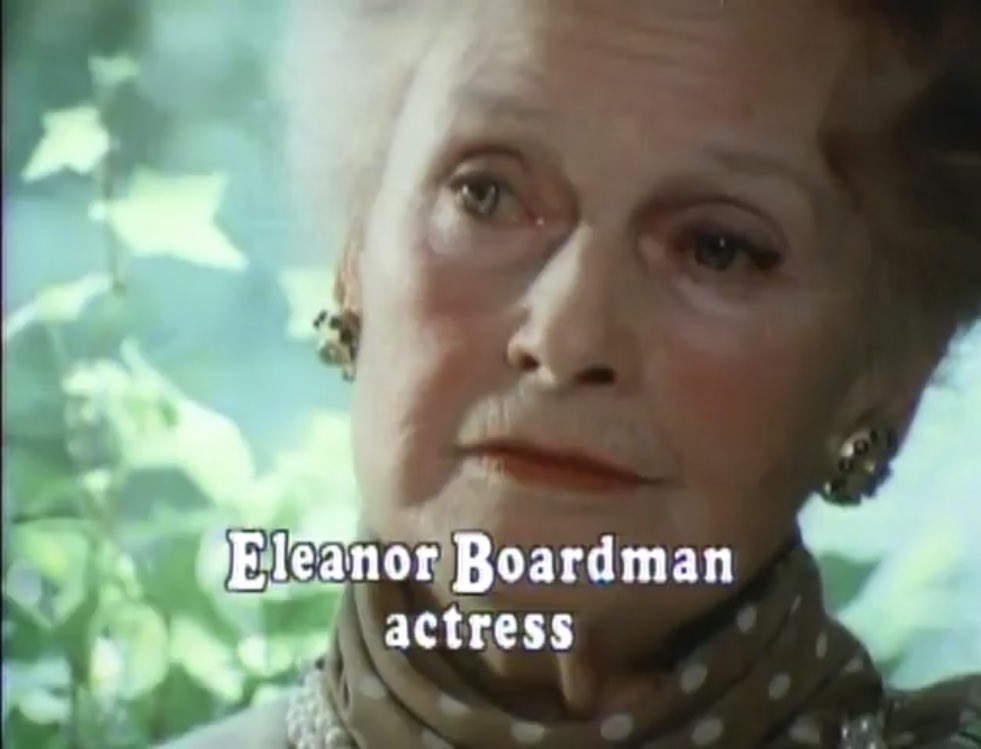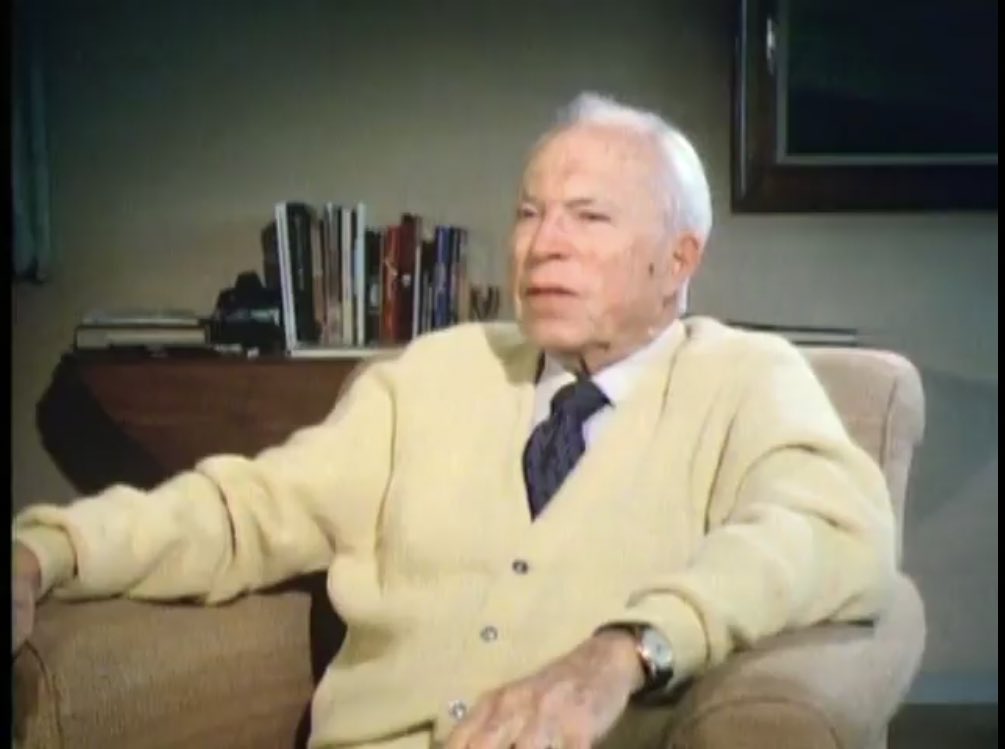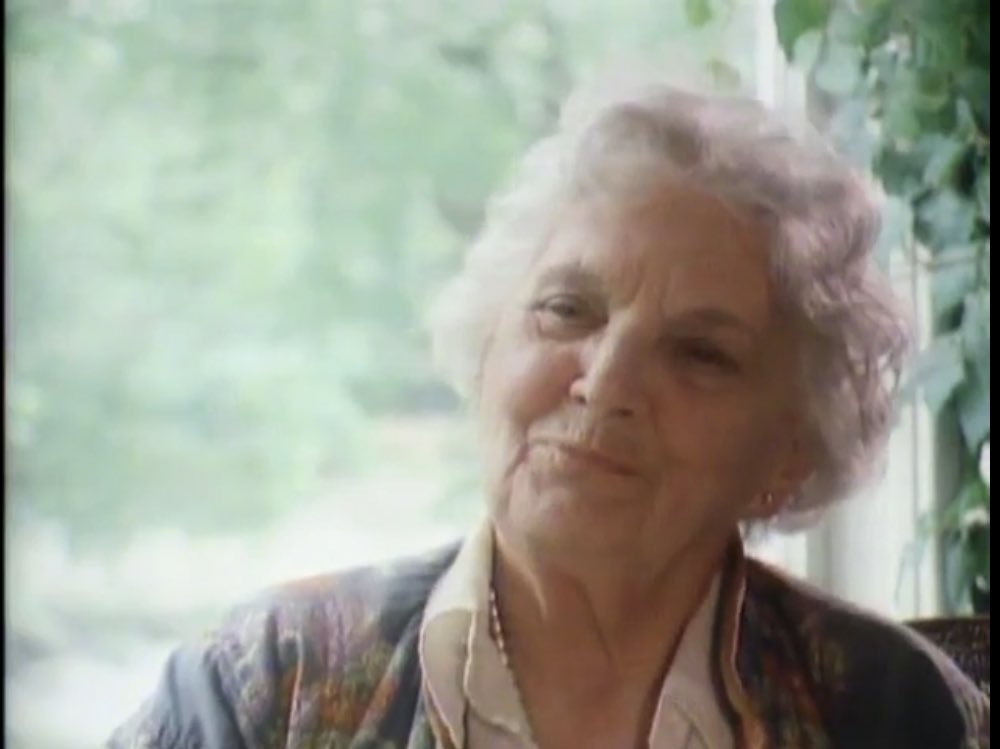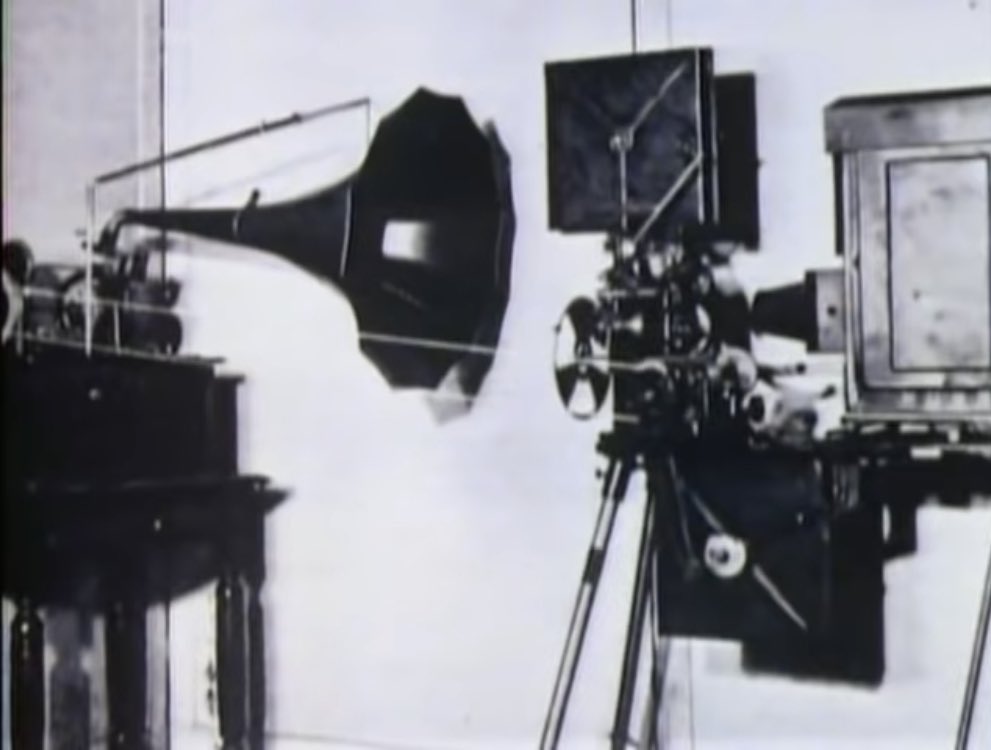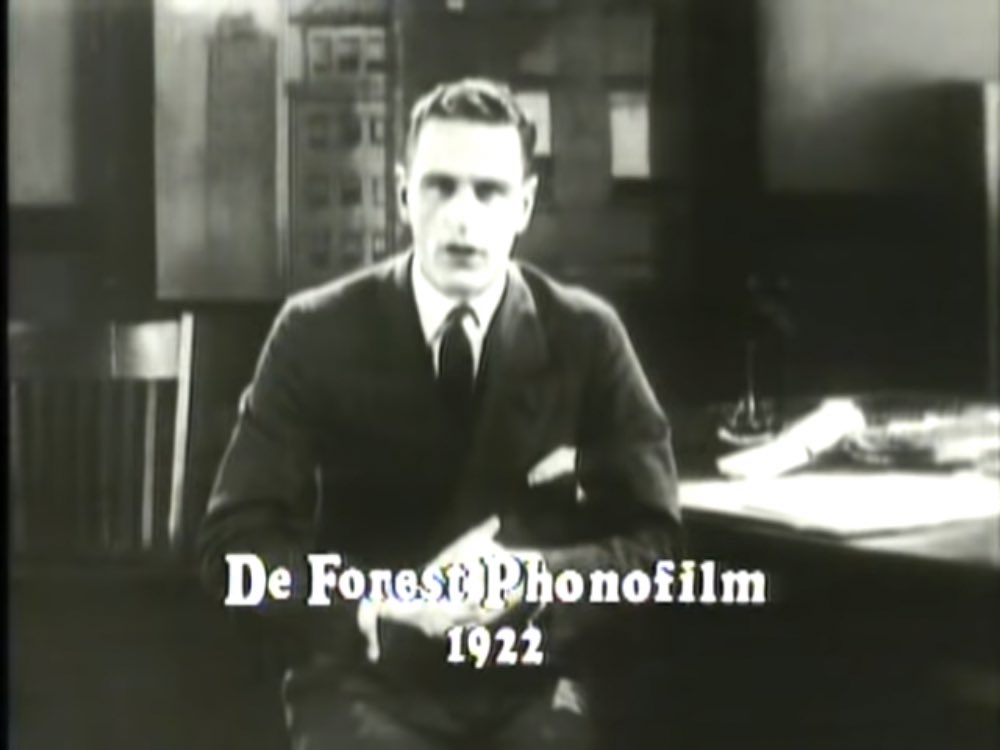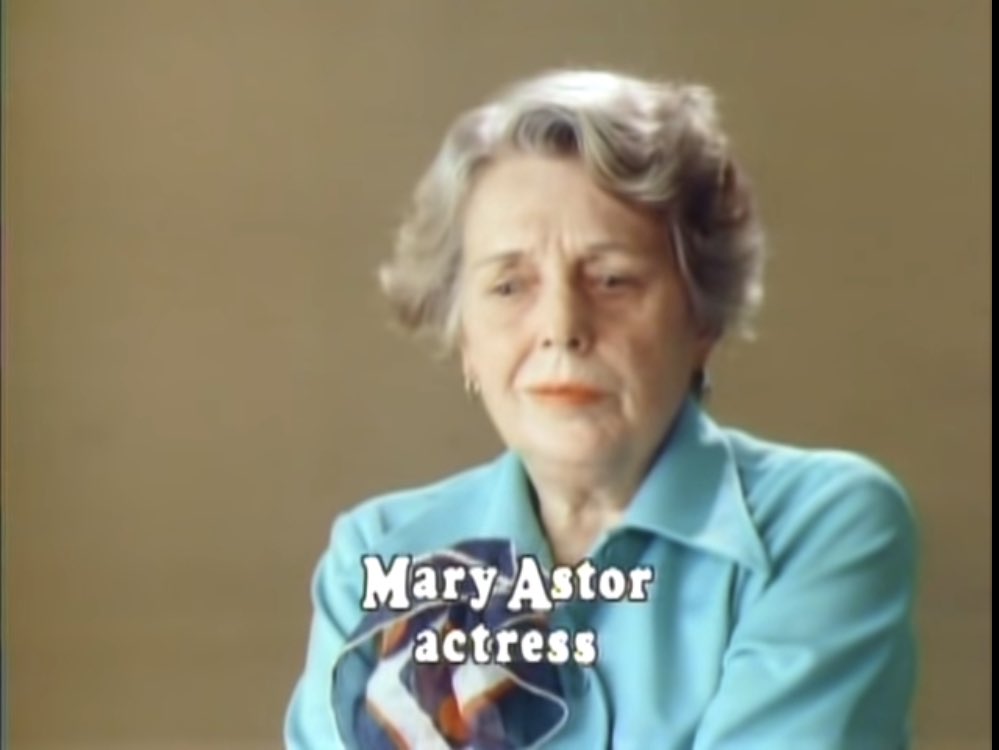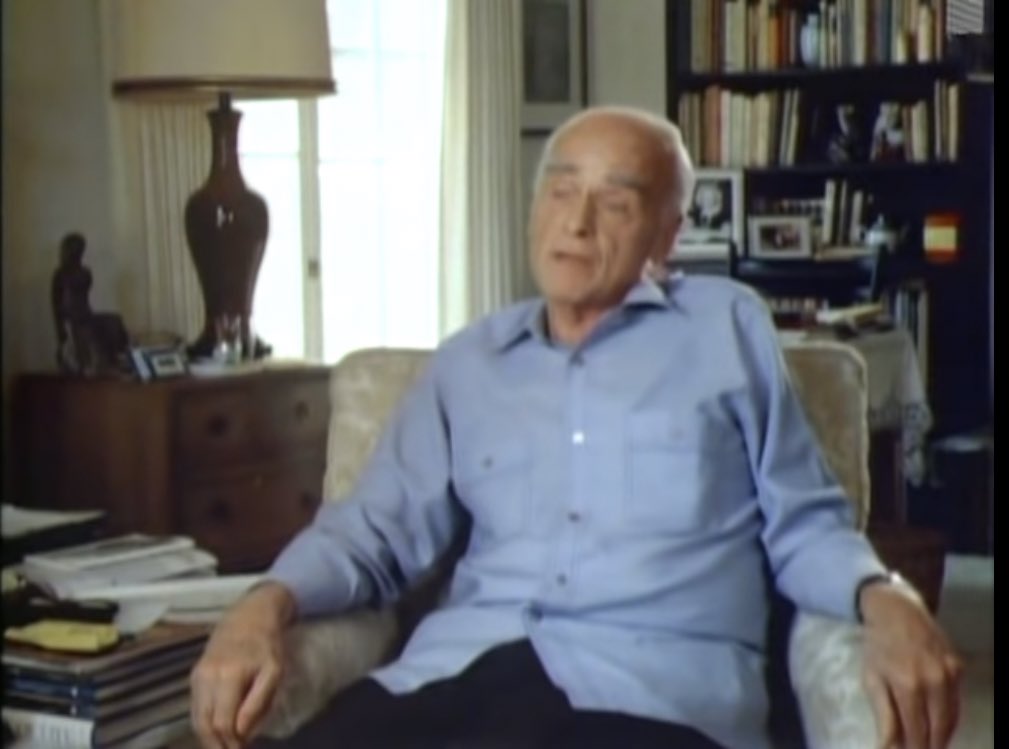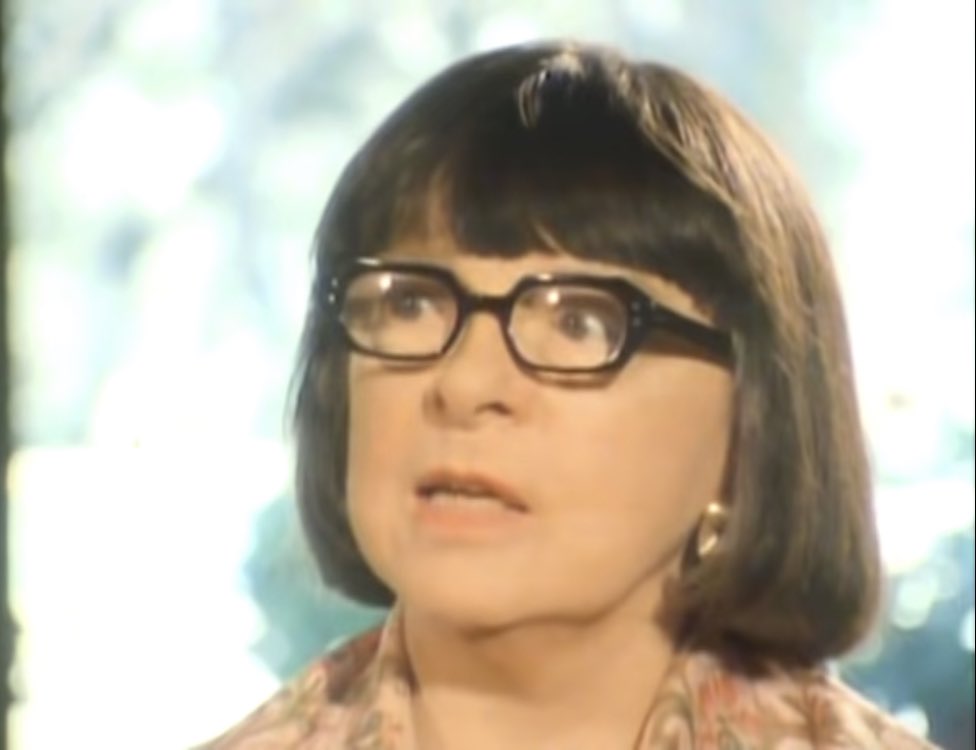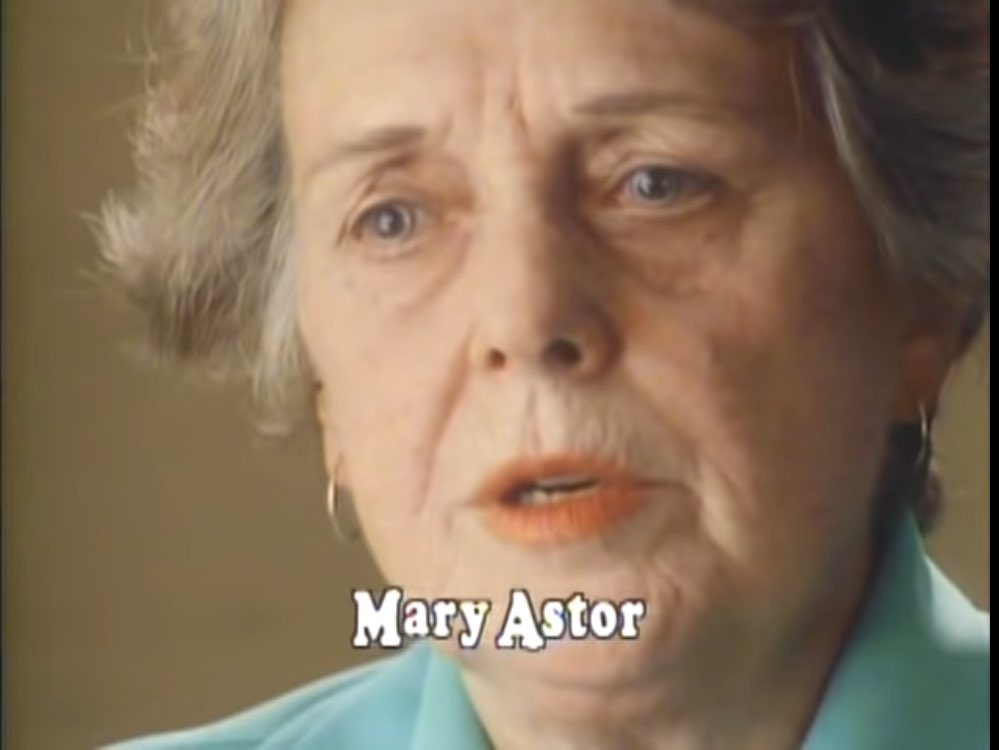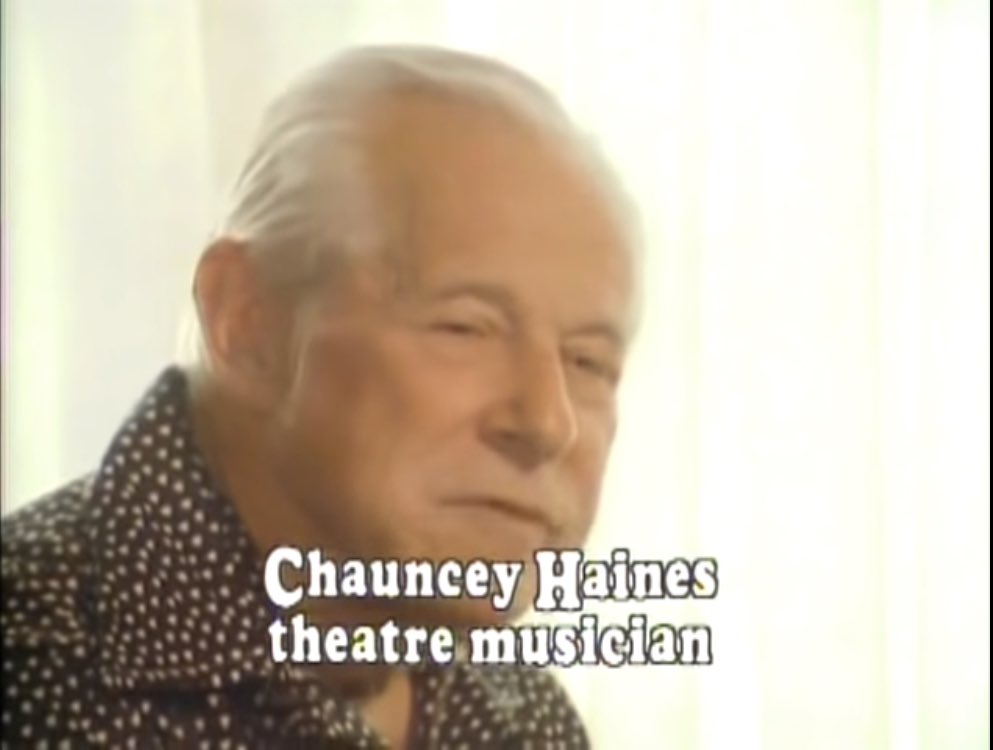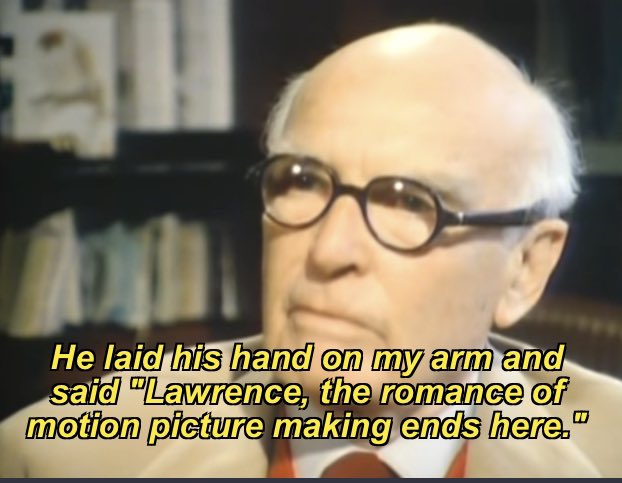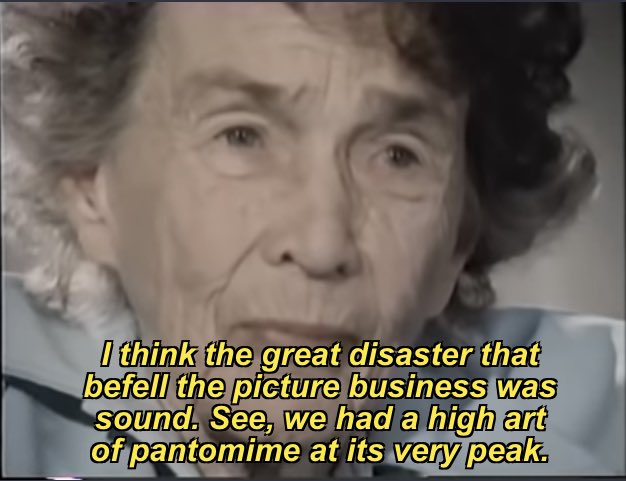I’ve started watching Kevin Brownlow’s HOLLYWOOD again and it is just wonderful. Everyone should see it and enjoy James Mason narrating history.
Allan Dwan casually tells a story about pulling a gun on a guy who pulled a gun out on him. Much like his films, his shots were on target.
Goodness, episode 4 has King Vidor breaking down how he shot the marching scene in THE BIG PARADE. What a valuable resource.
Episode 5, Hazards of the Game, is the best one yet. Amazing that we get to hear from the people who did stunts like this.
How Douglas Fairbanks cut down a sail in THE BLACK PIRATE.
Episode 6 is such a joy. Gloria Swanson talks in great detail about her career, including having a lion breathe down her neck and getting fired by Sennett for not wanting to be the next Mabel Normand.
A moving moment where Swanson explains why she was sad the night of a great reception: it was all downhill from there.
In the Valentino portion of the episode, we hear from his brother and see home movie footage from a a vacation.
“[Cecile B. DeMille] himself, I think, was thoroughly and completely detested by everyone who ever worked for him,” A. Arnold Gillespie says from a dreadful chair in episode 7.
In the Von Stroheim portion, we get to see the running neon sign put up to display how much money he was spending on FOOLISH WIVES.
Some of the unreleased footage that caused Gloria Swanson to exit production of QUEEN KELLY.
Von Stroheim went more over budget than me during a blu ray sale.
Von Stroheim went more over budget than me during a blu ray sale.
The 8th episode is about comedy, and I could not love it more. This is part of a section where Harvey Parry demonstrates different pratfalls.
Marion Mack, costar of THE GENERAL, tells us in no uncertain terms that she cursed up a storm after getting sprayed with water.
We also get audio of Keaton describing his process: “I always wanted an audience to outguess me. And then I’d double cross them.”
We also get audio of Keaton describing his process: “I always wanted an audience to outguess me. And then I’d double cross them.”
My only problem with the episode is that Capra gives his “Harry Langdon couldn’t do anything until I figured it out for him” routine. This, despite the fact that the episode even shows his hugely successful stage routine.
In episode 9, about westerns, Colleen Moore tells a story of witnessing two cowboys shoot each other while working on a movie with Tom Mix.
Yakima Canutt got into three fights with Art Acord in the same day. Art called him for drinks the following day.
Harvey Parry returns to tell of the time Tom Mix hit him too hard, so he hit him back. He also says Tom Mix would ride into bars on horseback and announce “I’m Tom Mix! Drinks on me!”
Not much of a western fan, but THE WINNING OF BARBARA WORTH looks pretty dang impressive.
Episode 10 is about directors. Allan Dwan explains how he became a director: the film needed a new director after the original guy was off on a binge somewhere.
Bessie Love makes her first appearance, talking about the kinds of directions actors would be given.
Viola Dana talks about her preference to shoot closeups before anything else, when you’re worn down after all the other shots. She also talks about how every actor had a sad song they would have playing when they needed to cry.
They take the time to discuss some forgotten directors. Colleen Moore says Marshall Neilan be known as one of the greatest directors “if his films can be found.” He directed DADDY LONG LEGS.
Rex Ingram (FOUR HORSEMEN OF APOCALYPSE, SCARAMOUCHE, PRISONER OF ZENDA) gets praised as one of the best ever and we hear from his editor.
Janet Gaynor discusses F.W. Murnau and the making of SUNRISE. So much good information in these few minutes. I’m floored by it.
“I was told he was very cruel in his language, but he was absolutely marvelous to me.”
“I was told he was very cruel in his language, but he was absolutely marvelous to me.”
Janet Gaynor gets emotional discussing an emotional moment in SUNRISE.
The episode also spotlights John Collins, a promising young director who died in the 1918 pandemic.
I learned so much from this one. An amazing lesson on forgotten directors.
I learned so much from this one. An amazing lesson on forgotten directors.
Episode 11 is a great concept and lesson: all about camera work and undercranking. Here Karl Brown demonstrates that he kept his cranking in time by playing an opera in his head.
Dig that cranking montage.
A couple examples of top lighting, which Viola Dana says was so bad it could “make a baby look like an old hag.”
Colleen Moore says that one way they protected themselves from klieg lighting was to create bandages out of potatoes and gauze.
Seems a little odd, but okay.
Seems a little odd, but okay.
A demonstration of how the amazing eye gag in ELLA CINDERS was done: through combining two split shots.
William Wyler (!) appears to talk about the miniatures in THE HUNCHBACK OF NOTRE DAME. Also, I want that shirt.
To make more stands in the chariot scene of BEN HUR, a miniature was hung right in front of the camera. It was filled with dolls.
Episode 12 is Star Treatment. Louise Brooks (!) appears to talk about Clara Bow, calling her the star of the 20s. Can we talk about Brooks too?
Louise Brooks says that several moments in IT were fully Clara Bow’s idea, including this one.
Louise Brooks talks about attending a sound test with Clara Bow. Clara was upset that the studio sent Ruth Chatterton to her house to help her improve her voice.
They do a nice job touching on her terrible treatment by the press and studio. “As soon as [the studio] lost interest in her, she began to slip inside her own head,” Brooks says.
The second half is about John Gilbert. “I don’t know whether to talk with my head or my heart, because they don’t agree.”
Leatrice Joy and John Gilbert were divorced when THE BIG PARADE premiered, but they still attended the event together. He gave her a signed photo that said “to my beloved wife, after whom god patterned the angels.” Joy gets very emotional.
Eleanor Boardman tells a wild story. Gilbert, eager to marry Greta Garbo, punched the mayor when he told Gilbert “sleep with her but don’t marry her.”
King Vidor dispels the myths of John Gilbert’s voice being high, as the clips also show. He just thinks that Gilbert (and Valentino, if he’d lived) suffered from the romantic dialogue not living up to audiences’ lofty expectations.
A 1934 color test of John Gilbert.
The episode ends with this from Leatrice Joy: “I never solved him. I wish I had . . . John Gilbert was mercury. You touched him and he vanished.”
There’s only one episode of HOLLYWOOD left.  https://abs.twimg.com/emoji/v2/... draggable="false" alt="😭" title="Laut schreiendes Gesicht" aria-label="Emoji: Laut schreiendes Gesicht">
https://abs.twimg.com/emoji/v2/... draggable="false" alt="😭" title="Laut schreiendes Gesicht" aria-label="Emoji: Laut schreiendes Gesicht"> https://abs.twimg.com/emoji/v2/... draggable="false" alt="😭" title="Laut schreiendes Gesicht" aria-label="Emoji: Laut schreiendes Gesicht">
https://abs.twimg.com/emoji/v2/... draggable="false" alt="😭" title="Laut schreiendes Gesicht" aria-label="Emoji: Laut schreiendes Gesicht">
It’s time for the final episode of HOLLYWOOD. I’ll be sad to see it end, especially since it’s called “End of an Era.”
The episode points out that attempts to make films have sound existed since Edison and prior to 1900.
The early sound tests shown all basically go like that one test film in SINGIN’ IN THE RAIN. We get a rundown of the different technologies.
The early sound films weren’t exactly a riot.
We get a glimpse of STAGE STRUCK as an example of color used as a gimmick. You must see it.
Will Hays talked at the beginning of the Vitaphone production of DON JUAN, which would have sunk sound for me.
Scenes from the New York premiere of THE JAZZ SINGER.
When Colleen Moore when for her sound test, the person doing it asked, disgusted, “is it true they pay you $10,000 a week?”
“No,” Colleen replied. “They pay me $12,500.”
“No,” Colleen replied. “They pay me $12,500.”
Mary Astor found sets awkward when sound was introduced. With the directors locked away in a room, they were no longer giving encouragement or instructions during scenes.
Half of the 22,000 theater musicians nationwide lost their jobs as soon as synchronized sound came in. Chauncey Haines says there were a lot of suicides among the group.
As expected, the ending is a real tearjerker. Here’s what Douglas Fairbanks said as he stepped onto a sound stage.
The final shot of HOLLYWOOD is poignant: Douglas Fairbanks dies in THE IRON MASK (1929) and walks off into the sunset. I’m not crying, you’re crying.
I’ll write a blog post and review shortly, but in brief: you must see HOLLYWOOD if you classic films. It’s a living, breathing record of the silent film age told by the people who lived it. Hearing their stories is so important, and I learned so much.

 Read on Twitter
Read on Twitter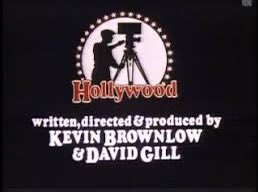
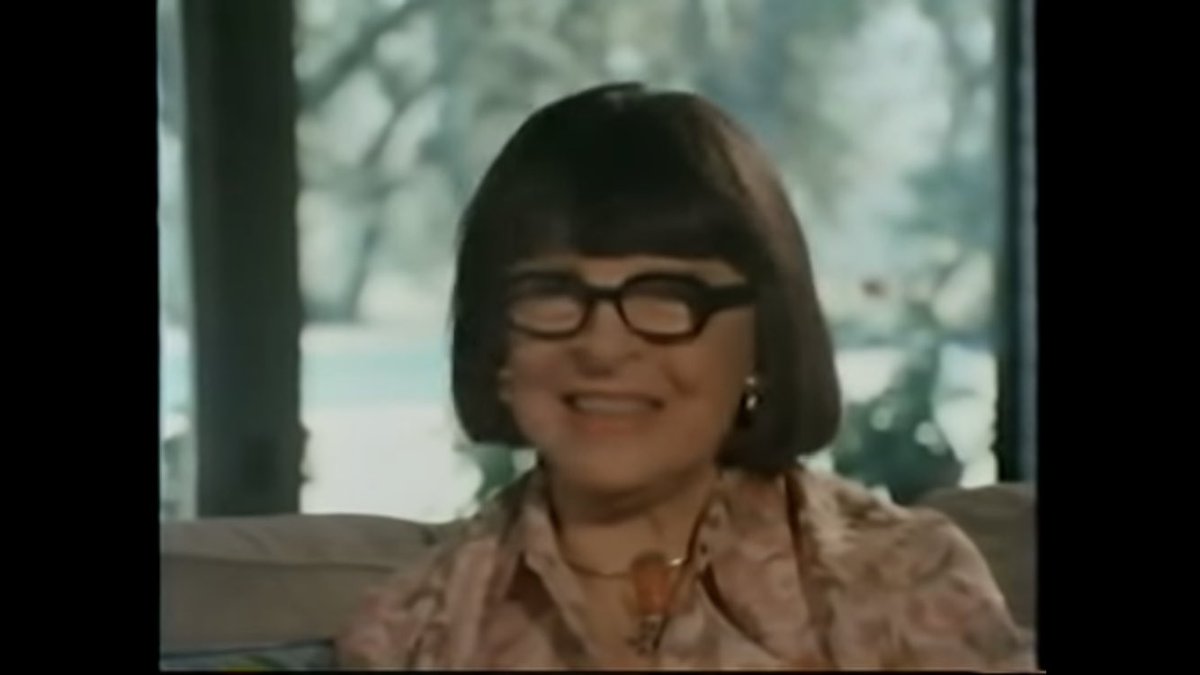
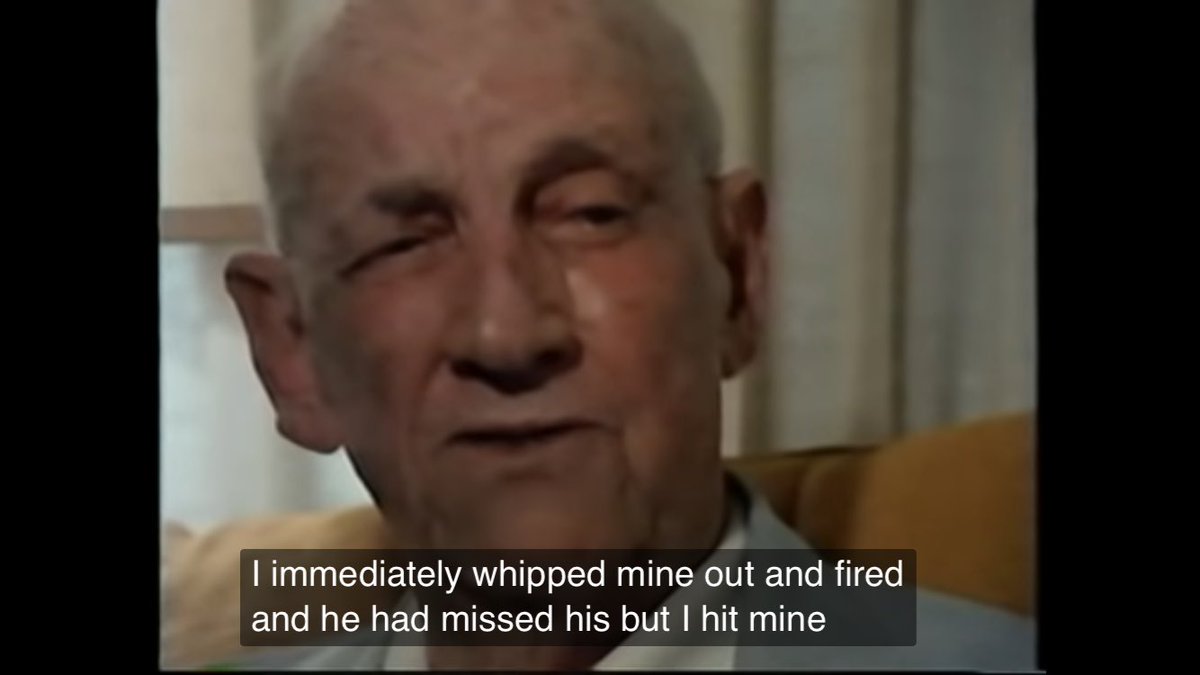
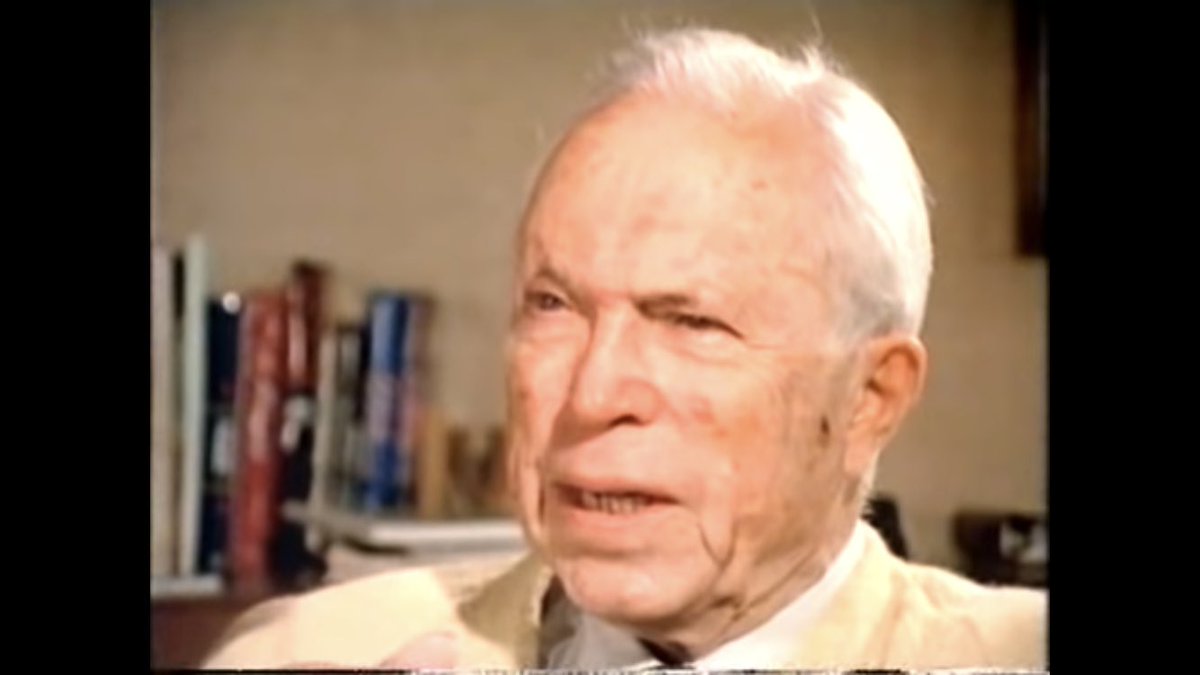
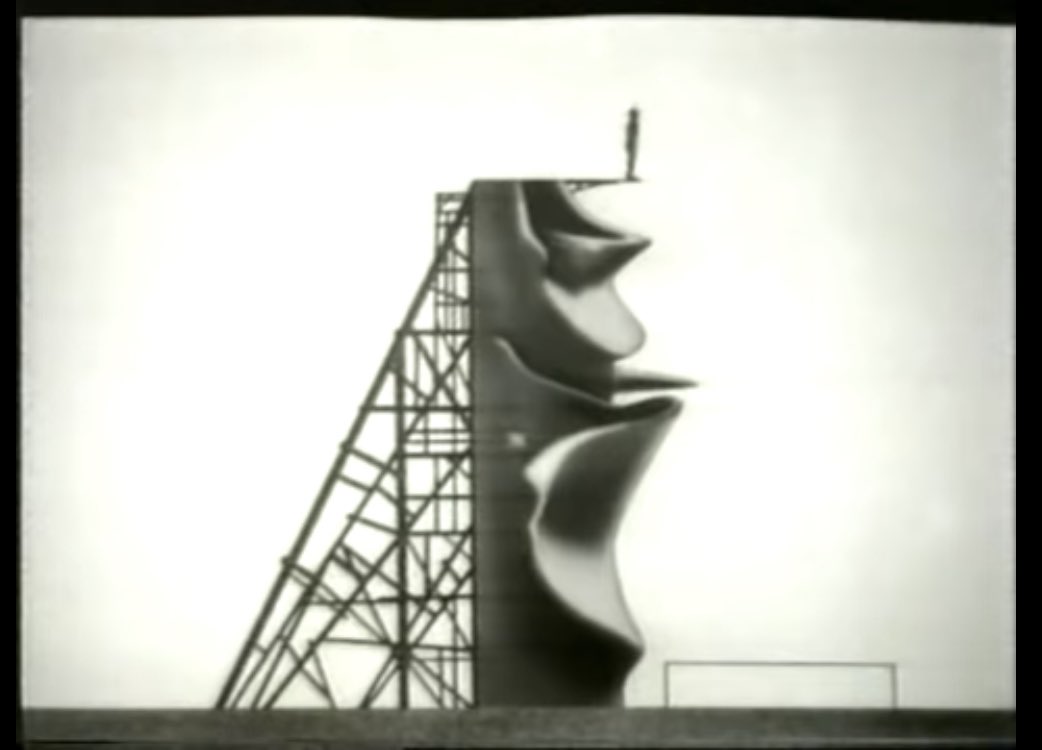
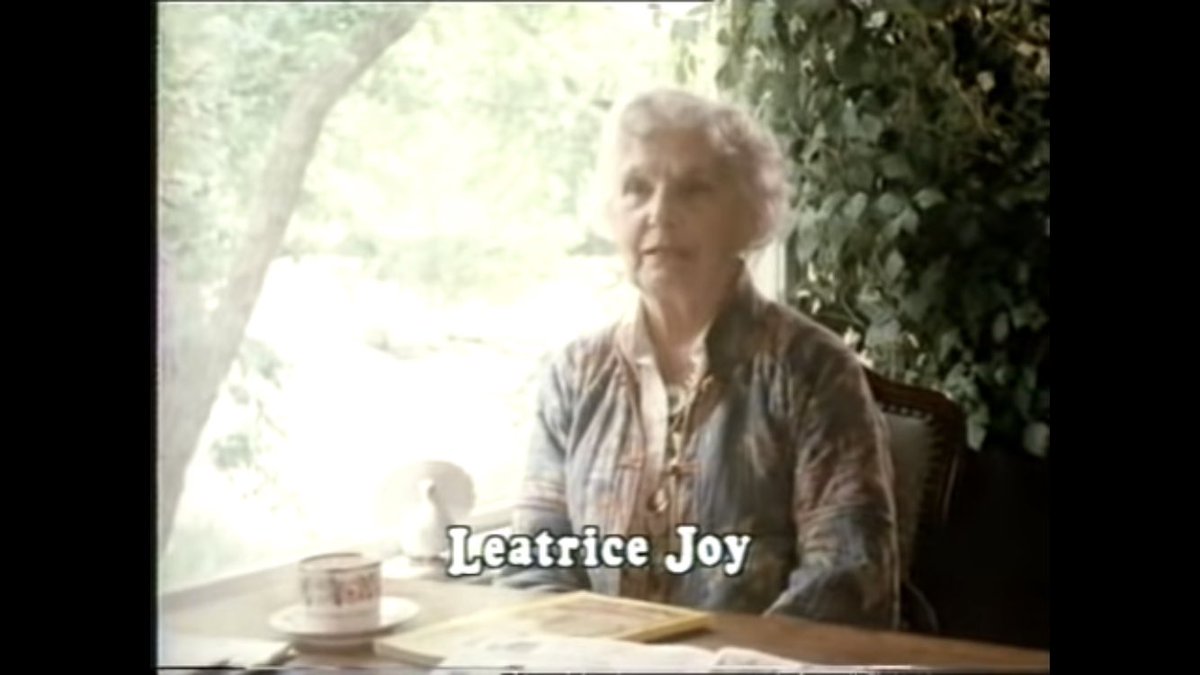
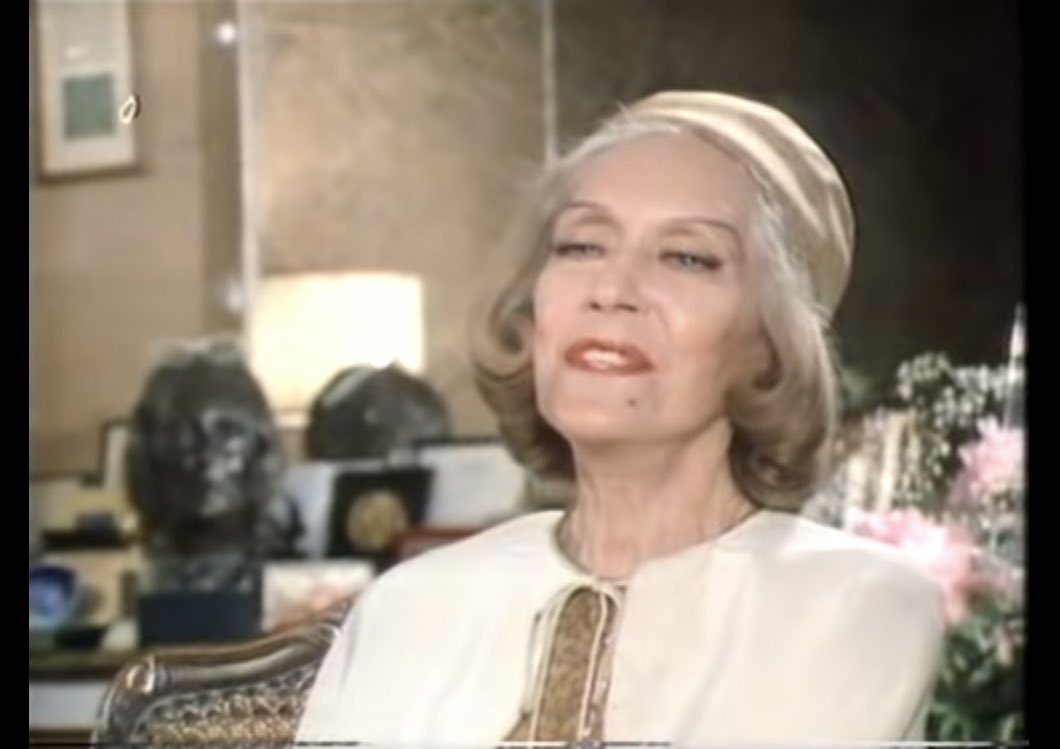
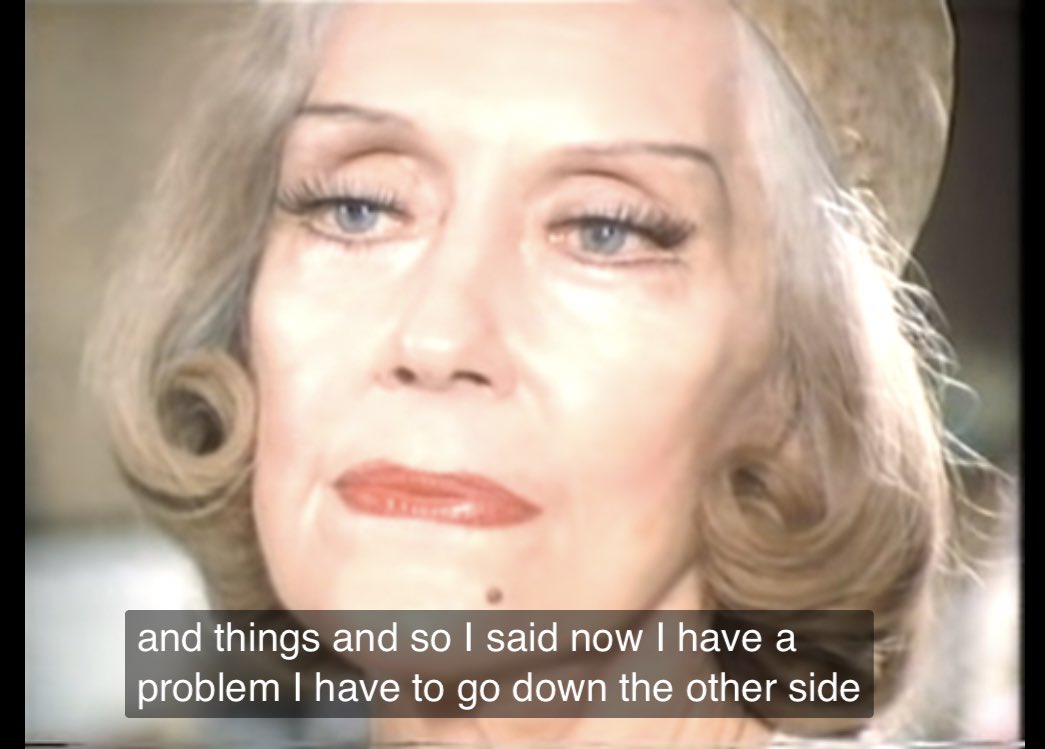
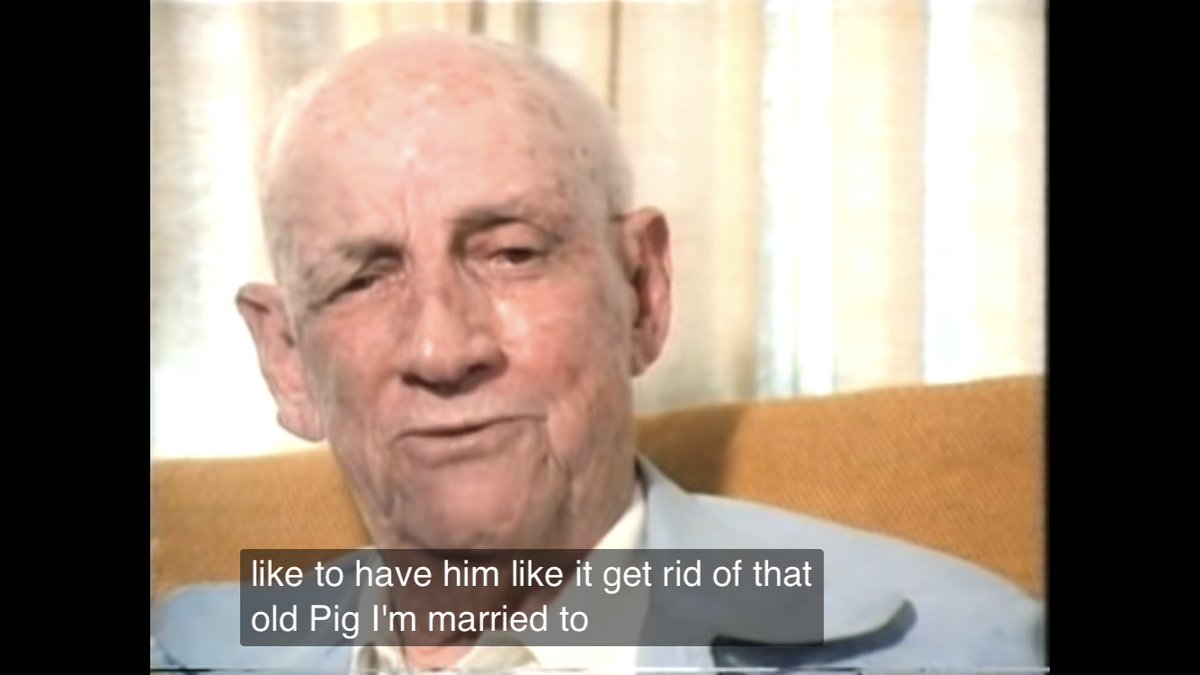
![“[Cecile B. DeMille] himself, I think, was thoroughly and completely detested by everyone who ever worked for him,” A. Arnold Gillespie says from a dreadful chair in episode 7. “[Cecile B. DeMille] himself, I think, was thoroughly and completely detested by everyone who ever worked for him,” A. Arnold Gillespie says from a dreadful chair in episode 7.](https://pbs.twimg.com/media/EyahbaNWQAAVHKu.jpg)
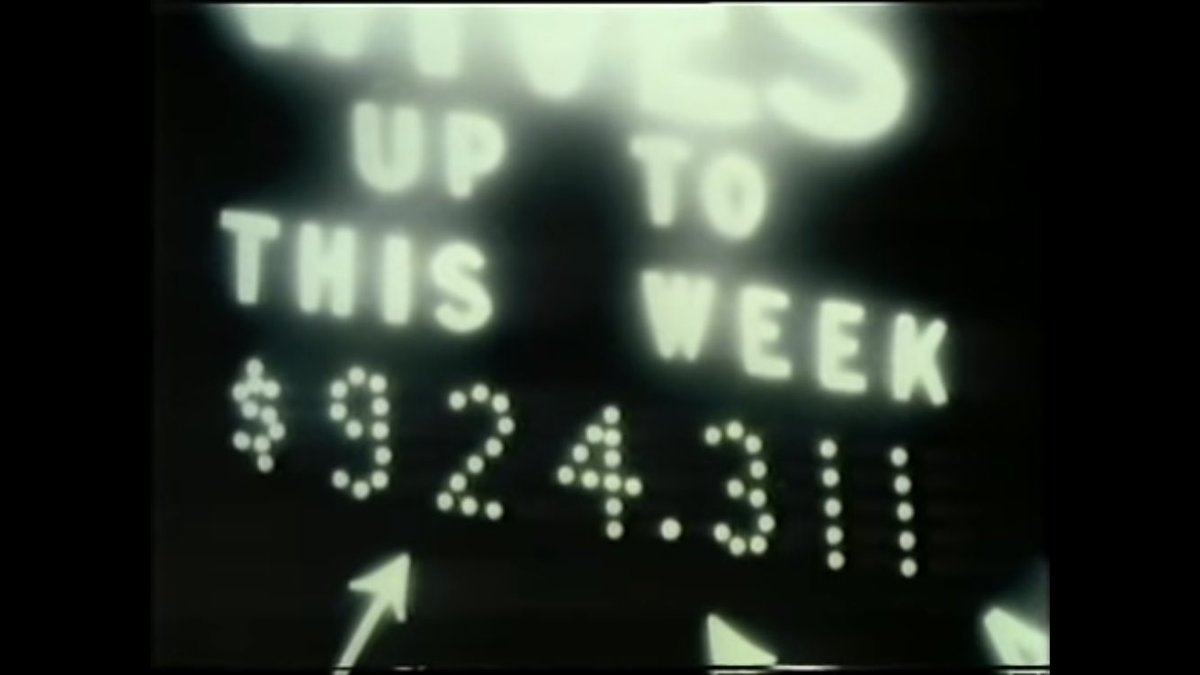
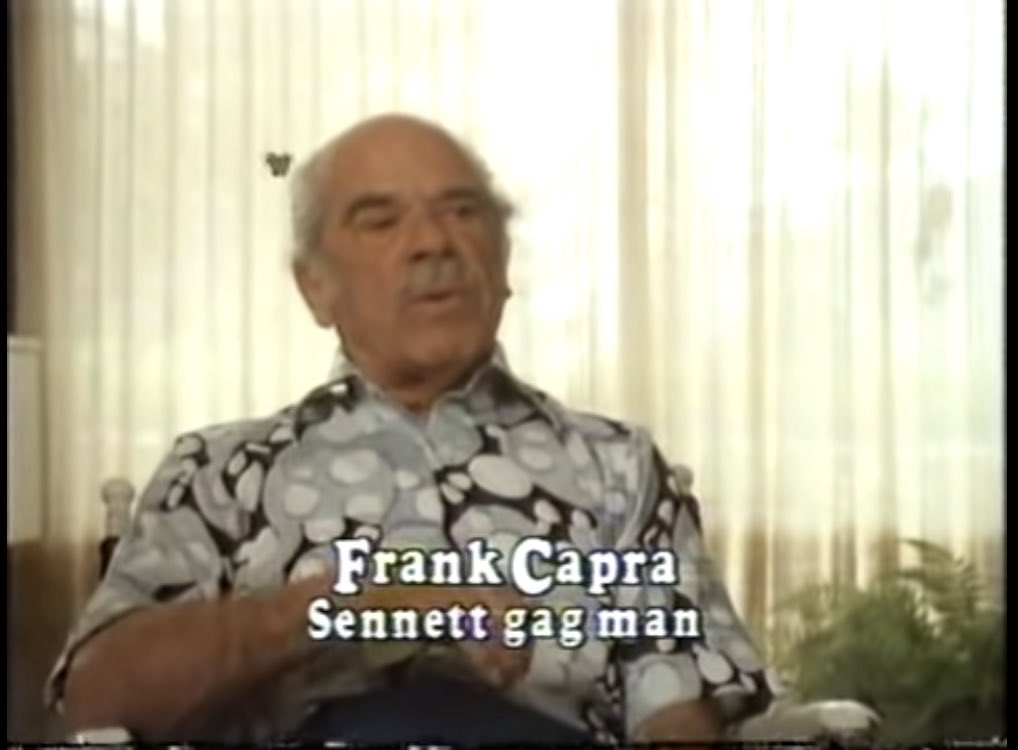
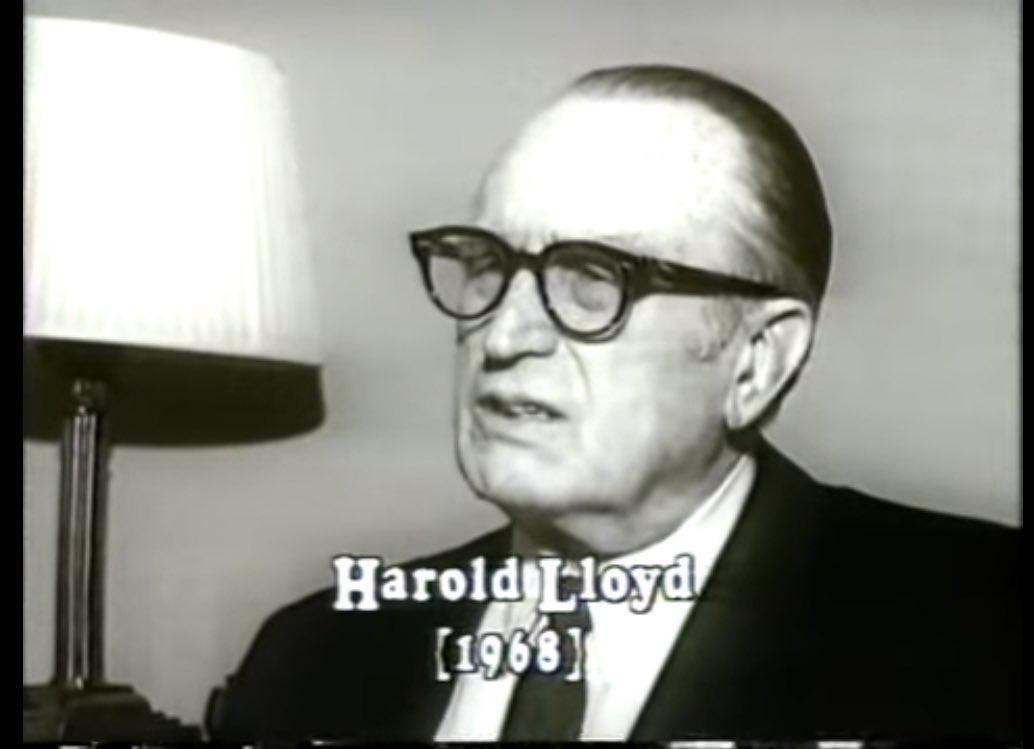
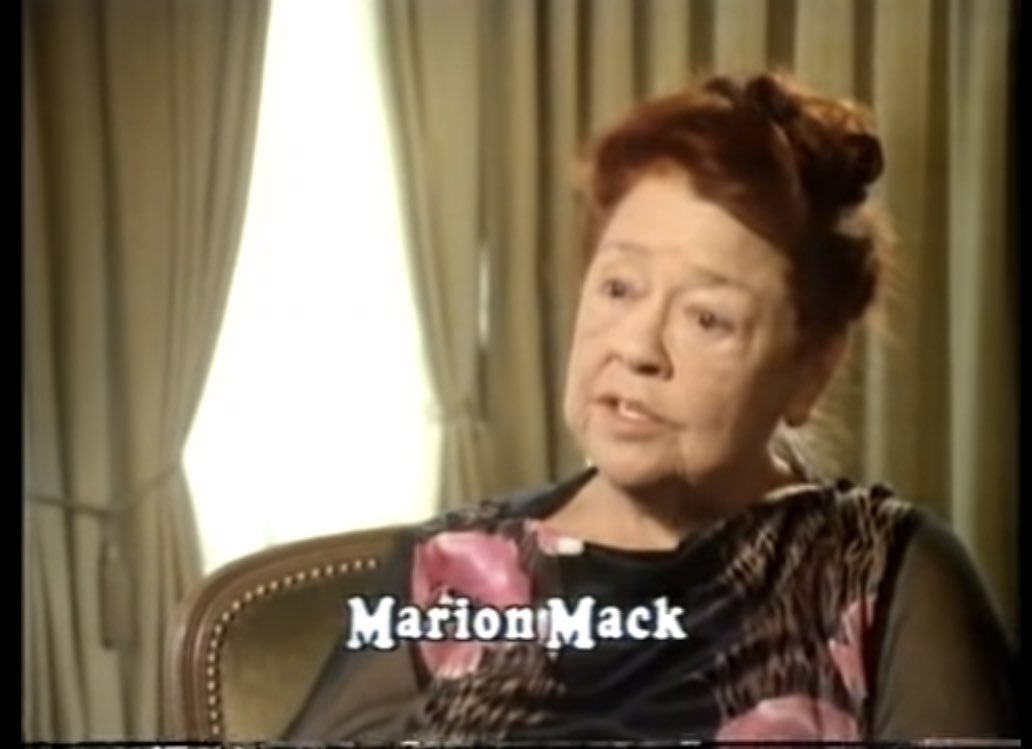
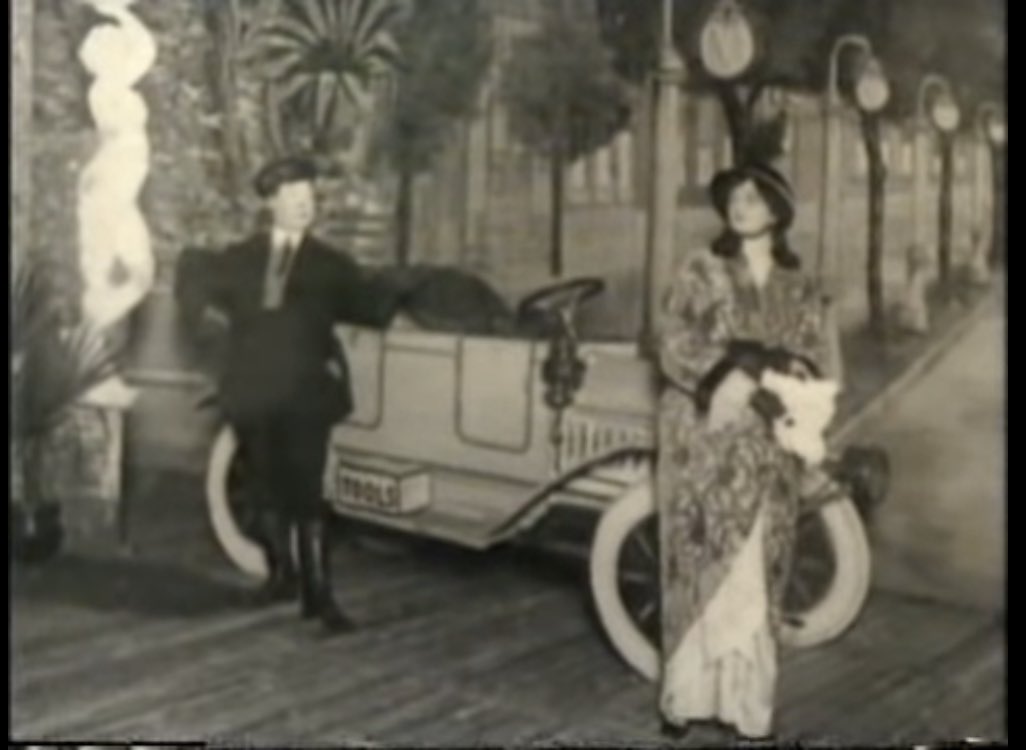

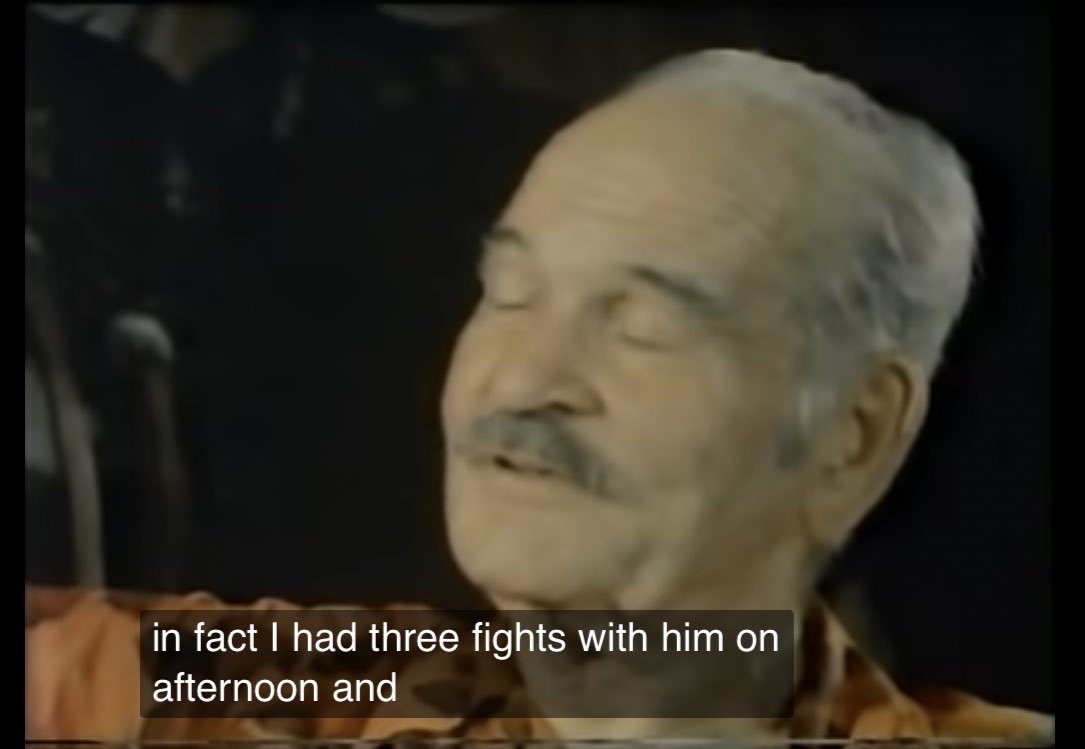
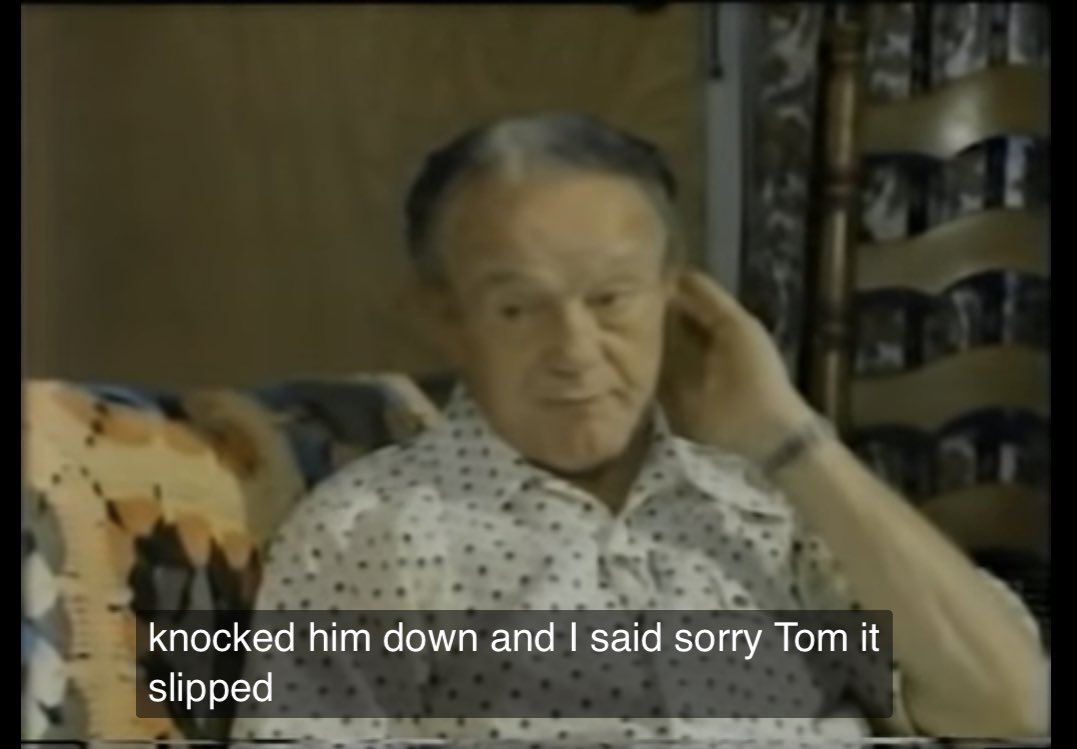
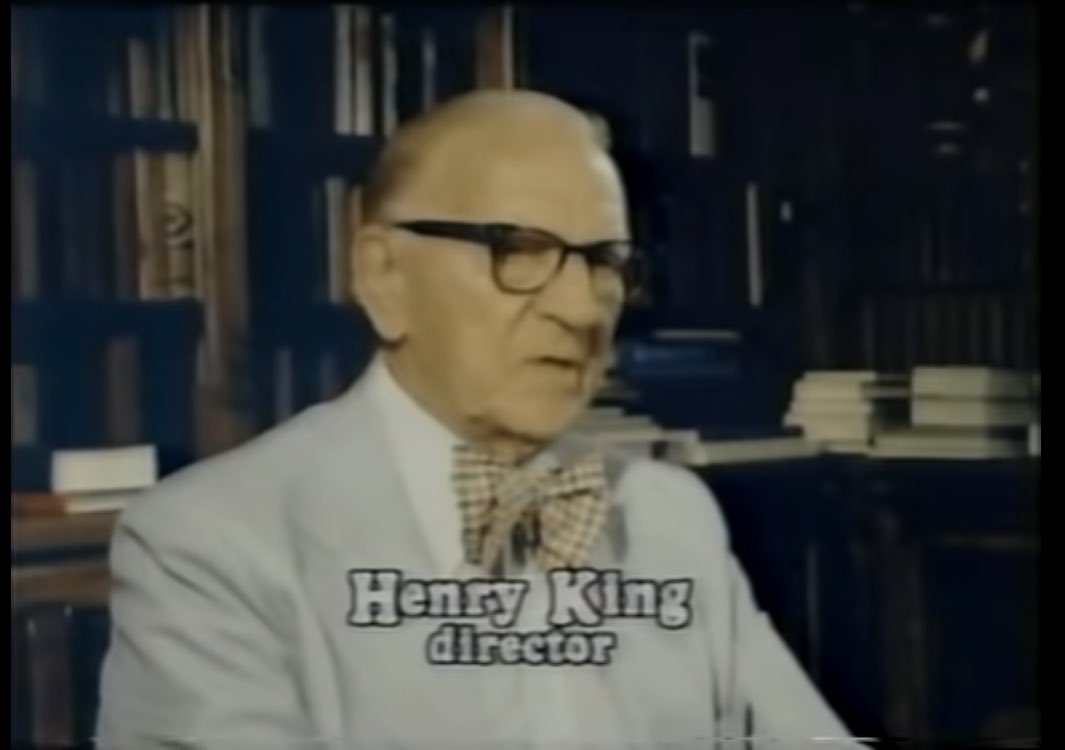
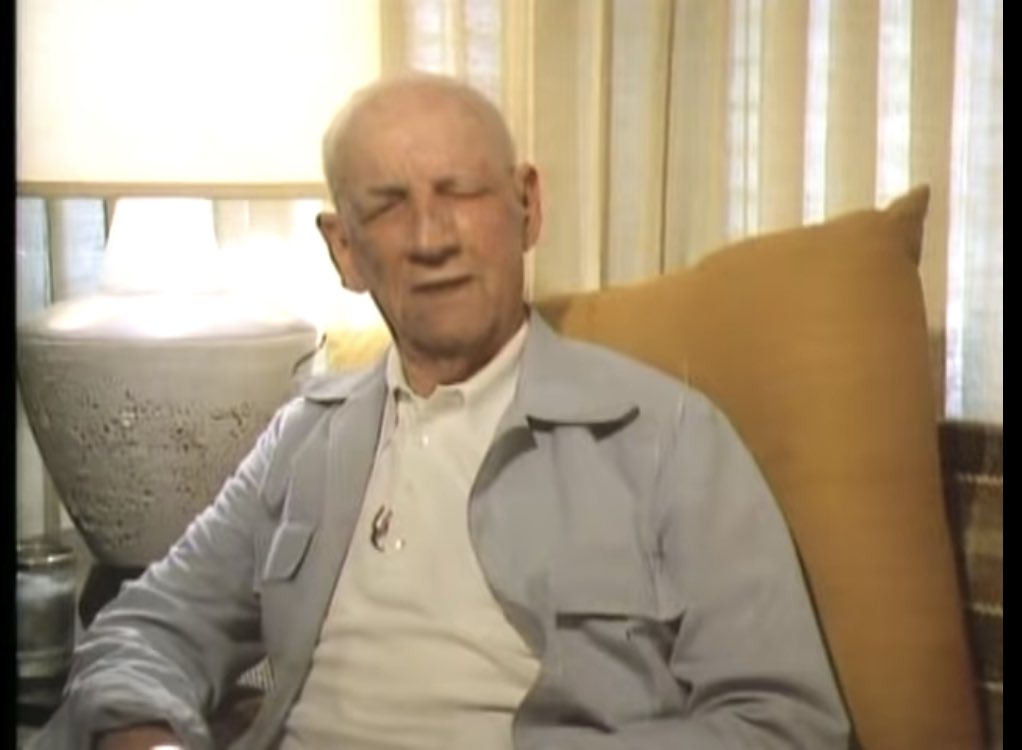
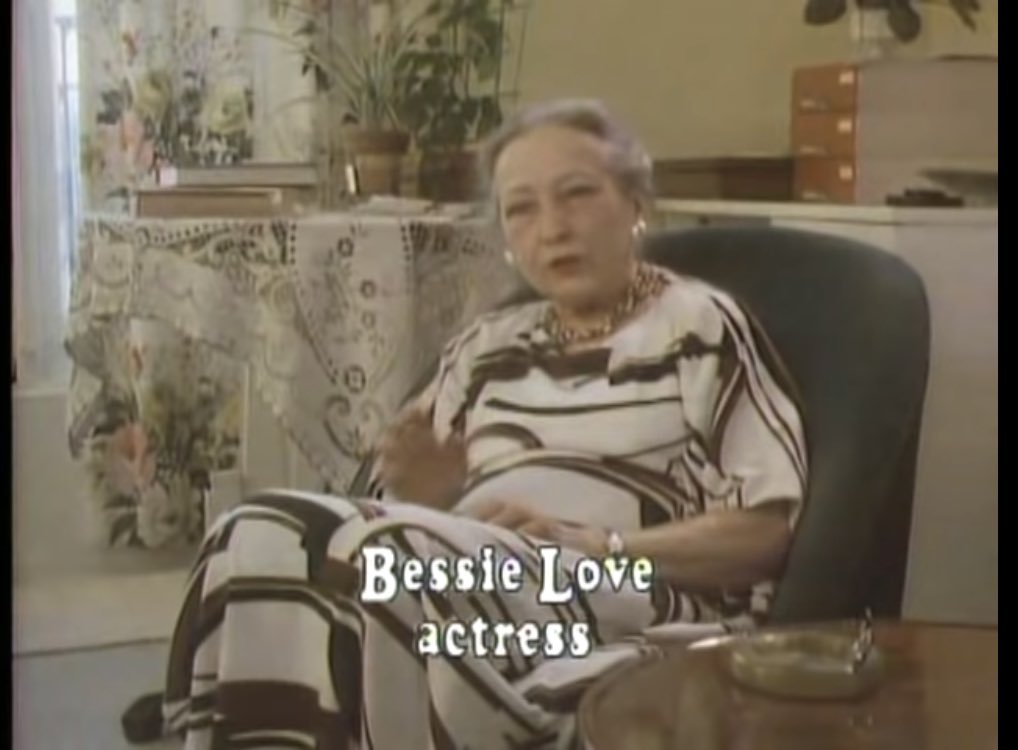
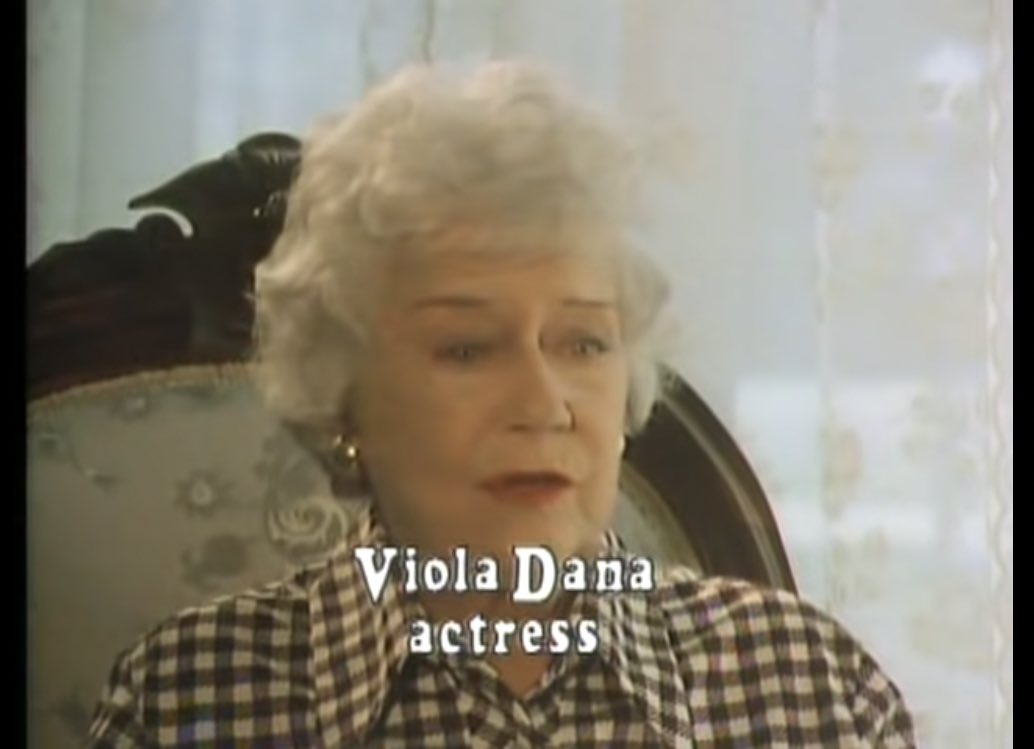
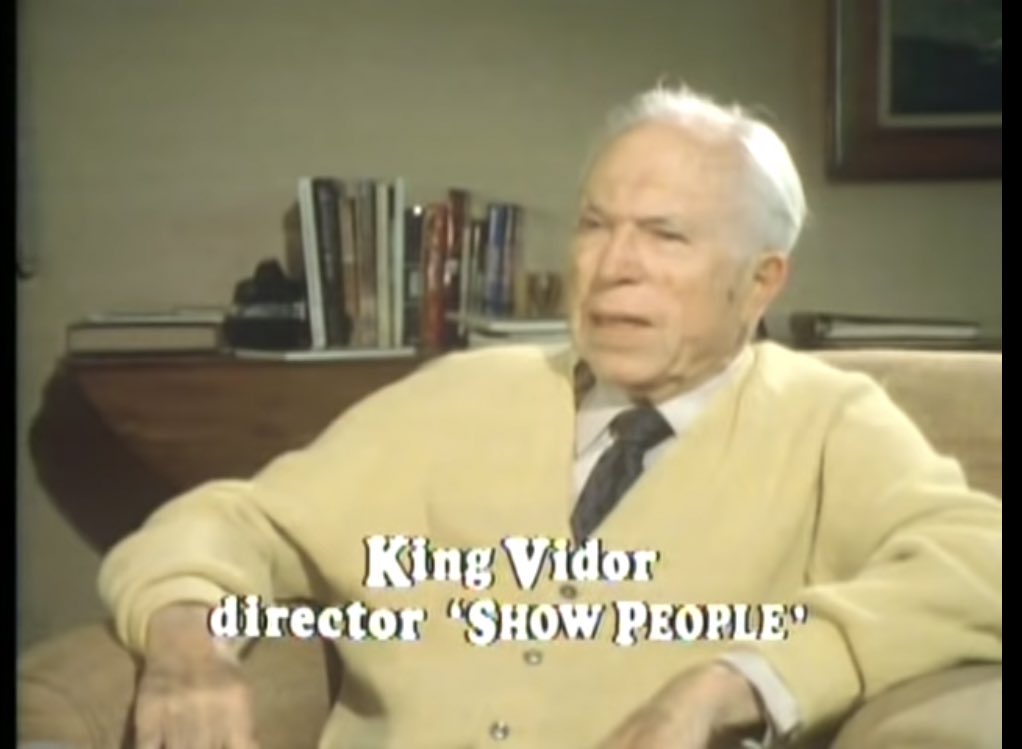

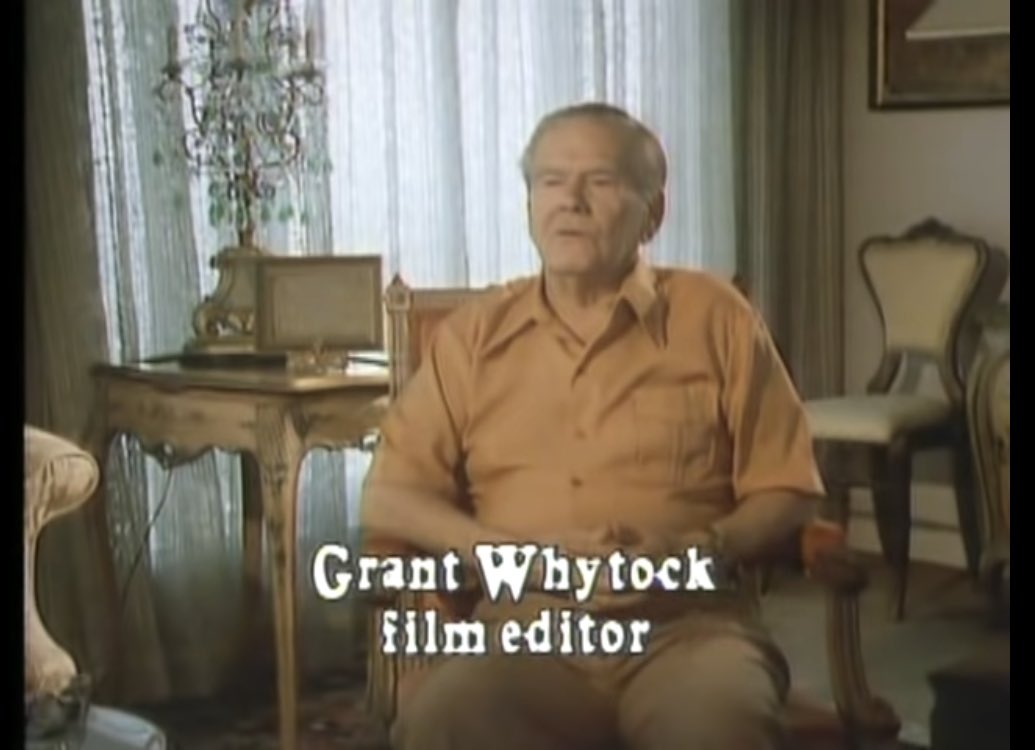
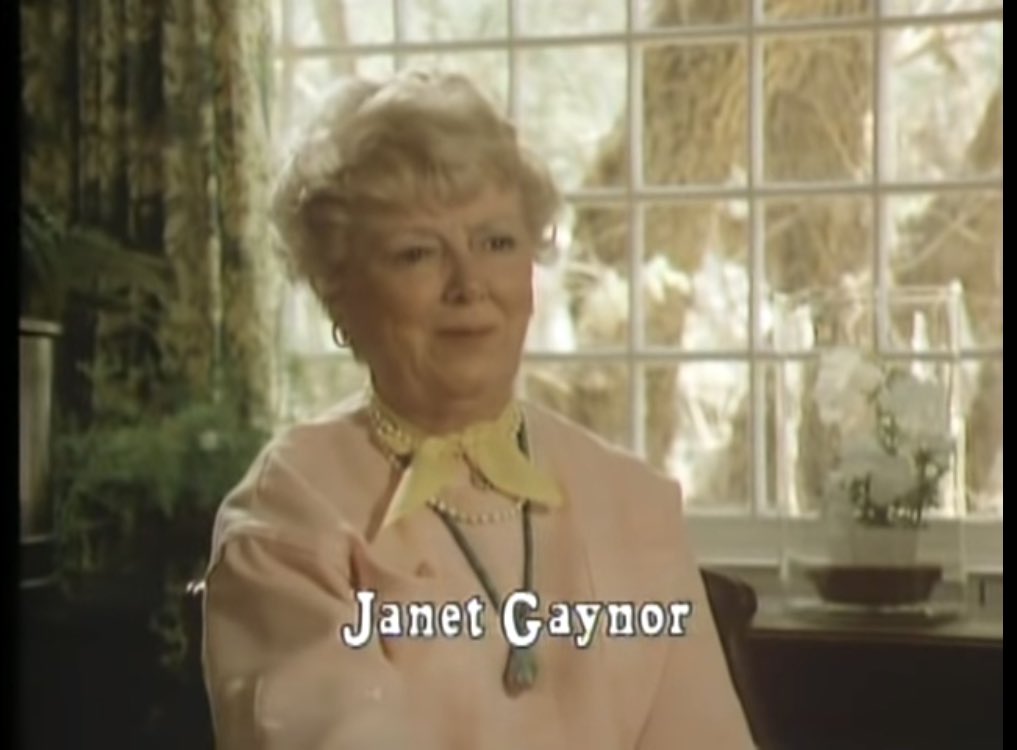
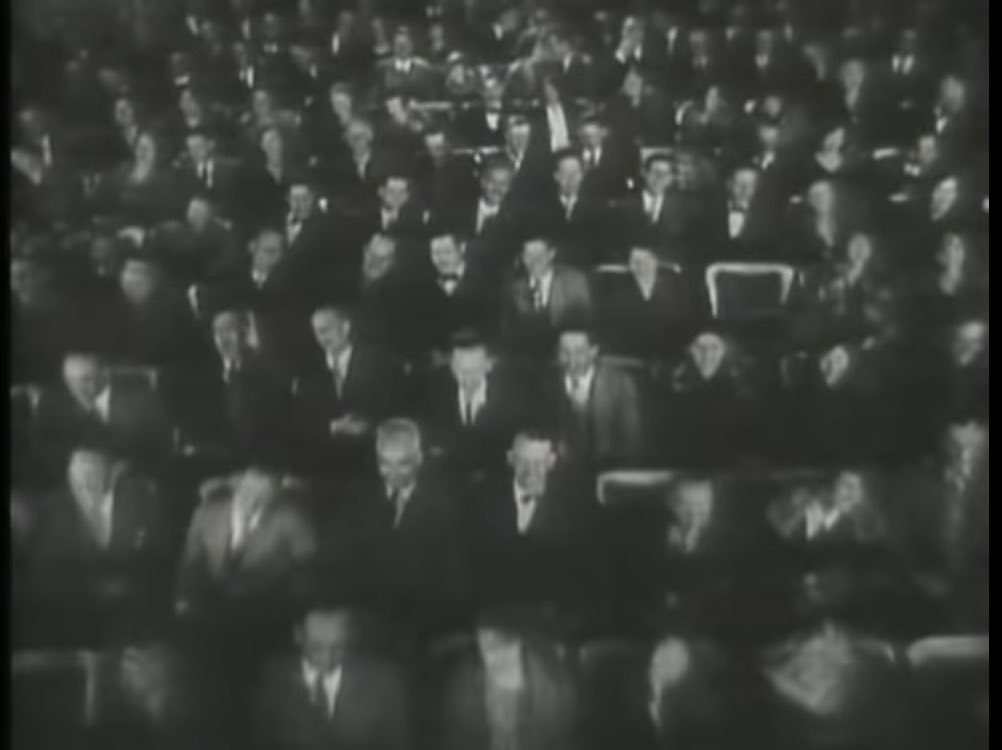

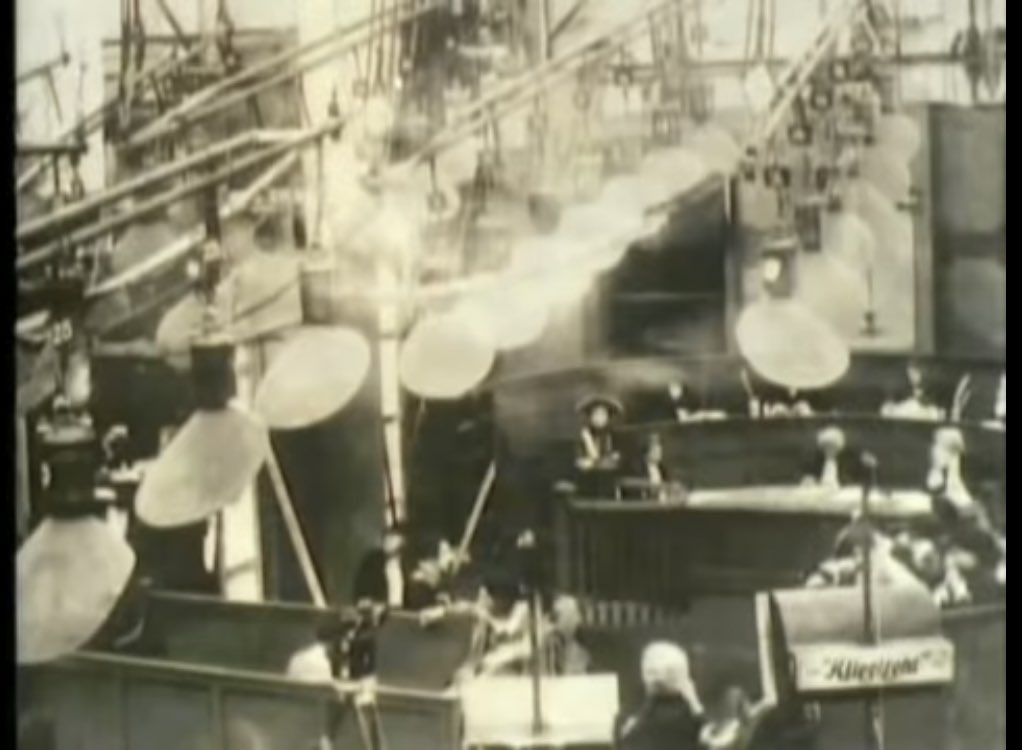
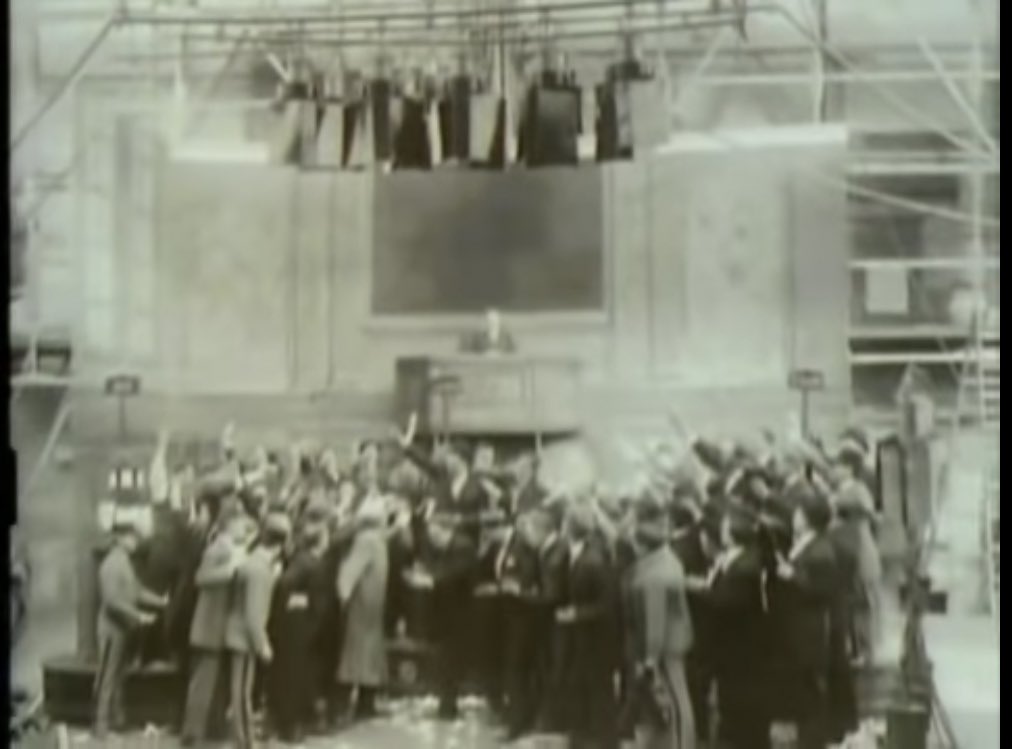
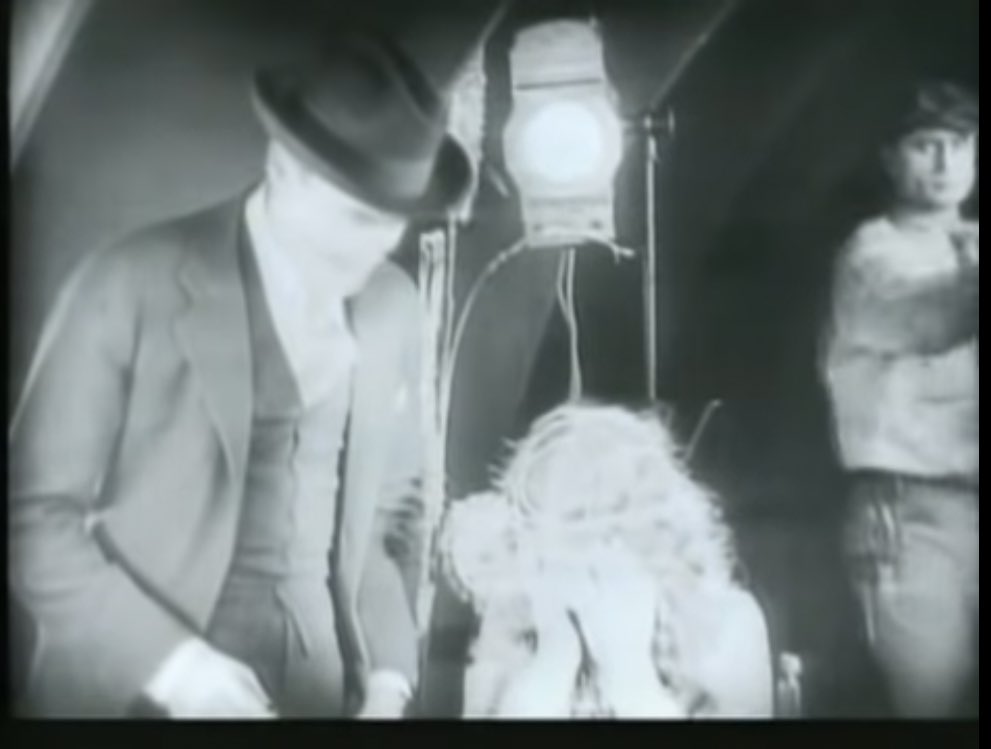
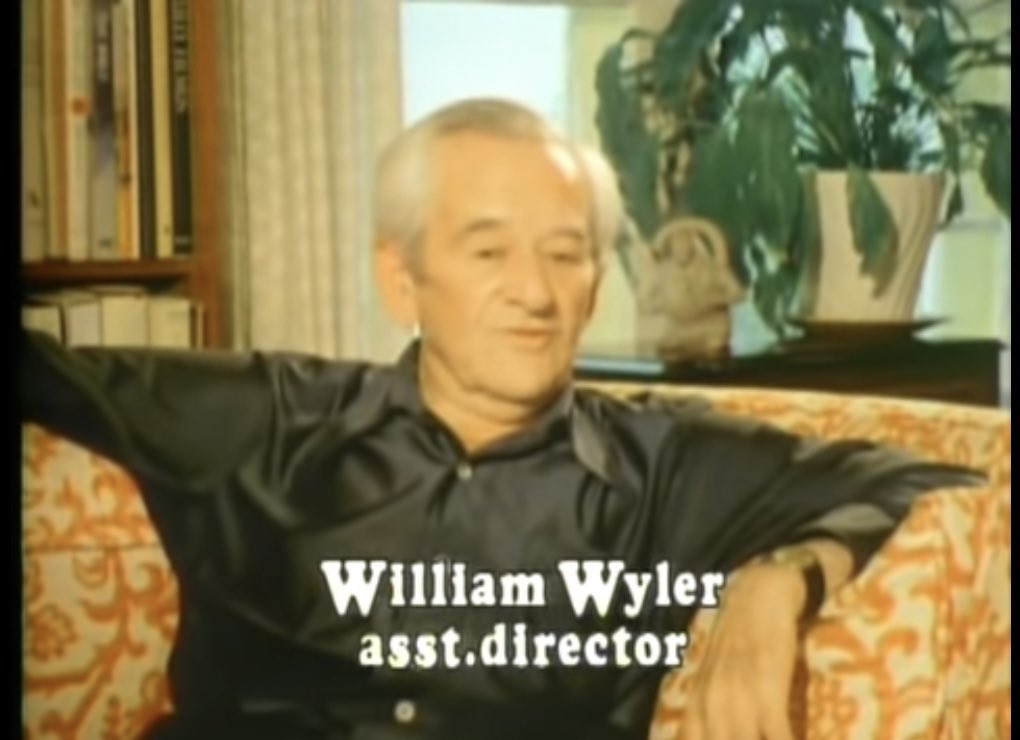
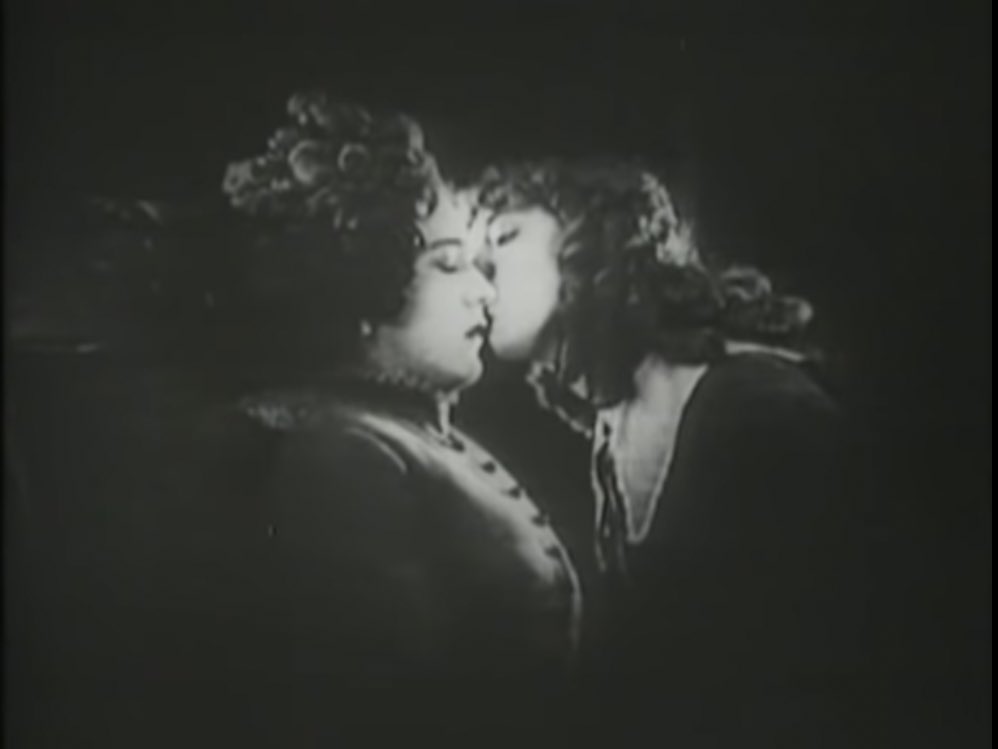

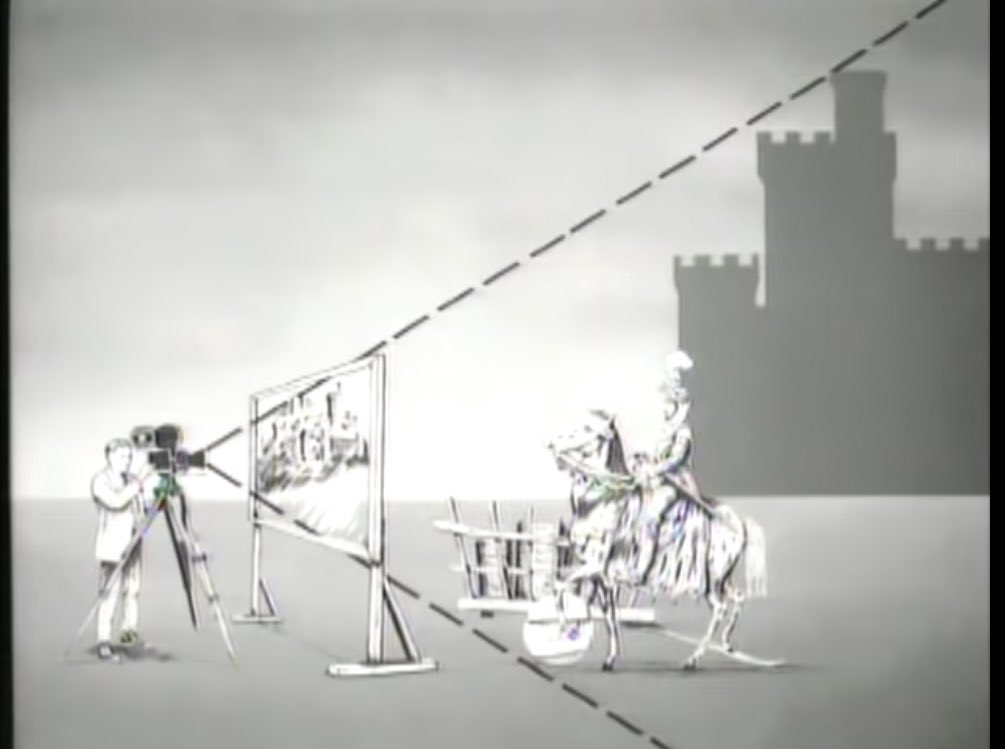
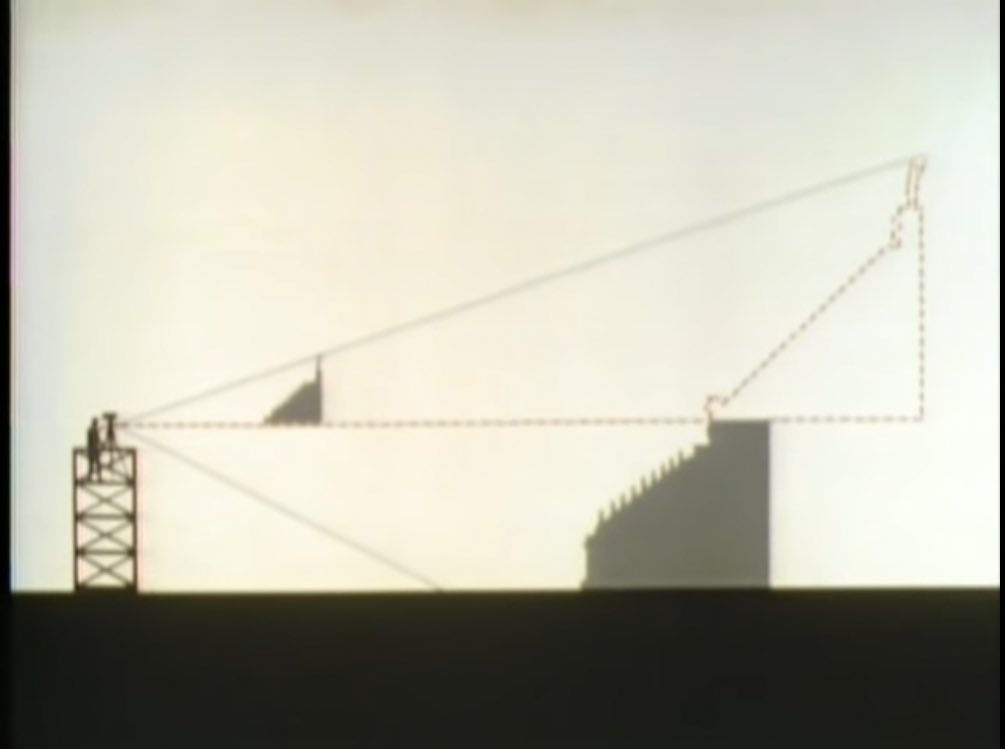
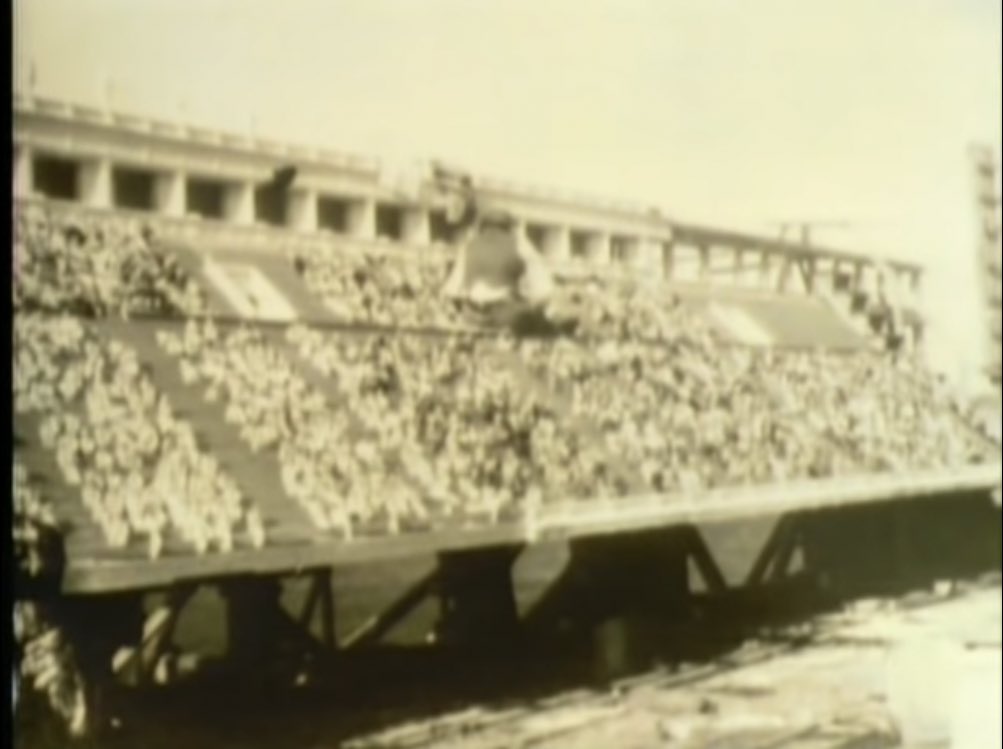
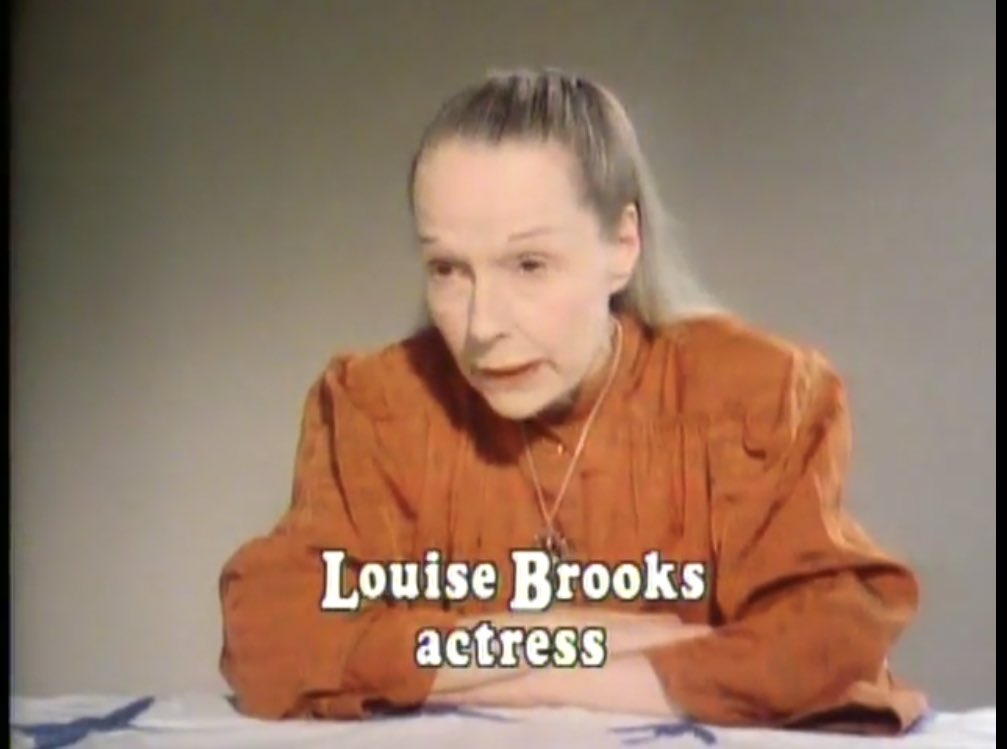
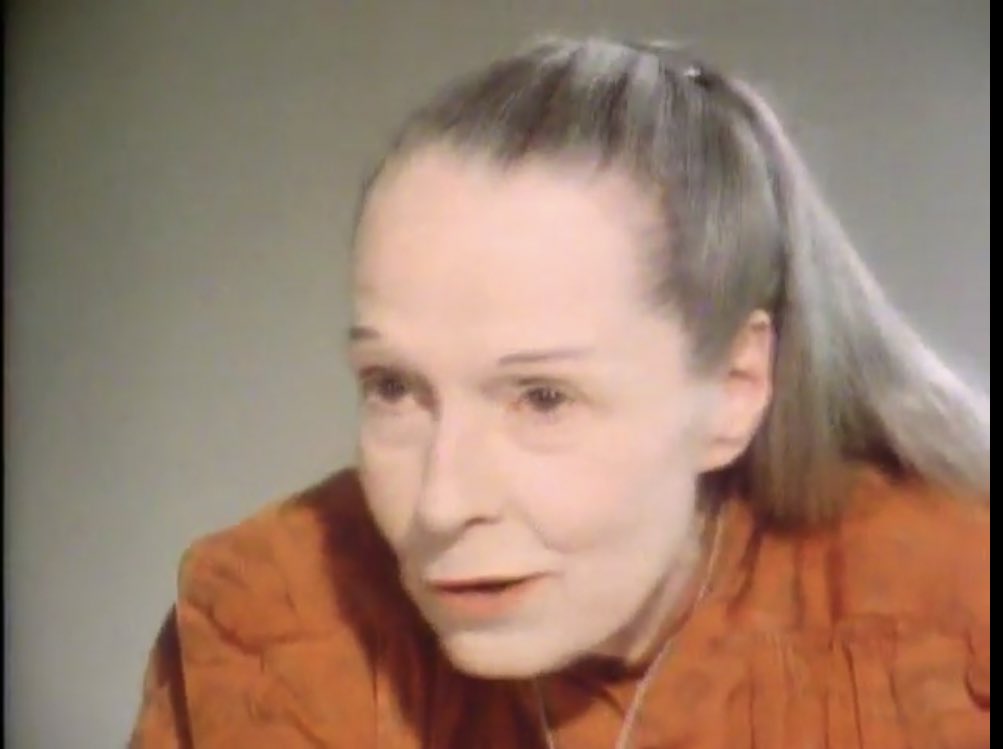
![They do a nice job touching on her terrible treatment by the press and studio. “As soon as [the studio] lost interest in her, she began to slip inside her own head,” Brooks says. They do a nice job touching on her terrible treatment by the press and studio. “As soon as [the studio] lost interest in her, she began to slip inside her own head,” Brooks says.](https://pbs.twimg.com/media/EzY83TJXIAUmv_M.jpg)
